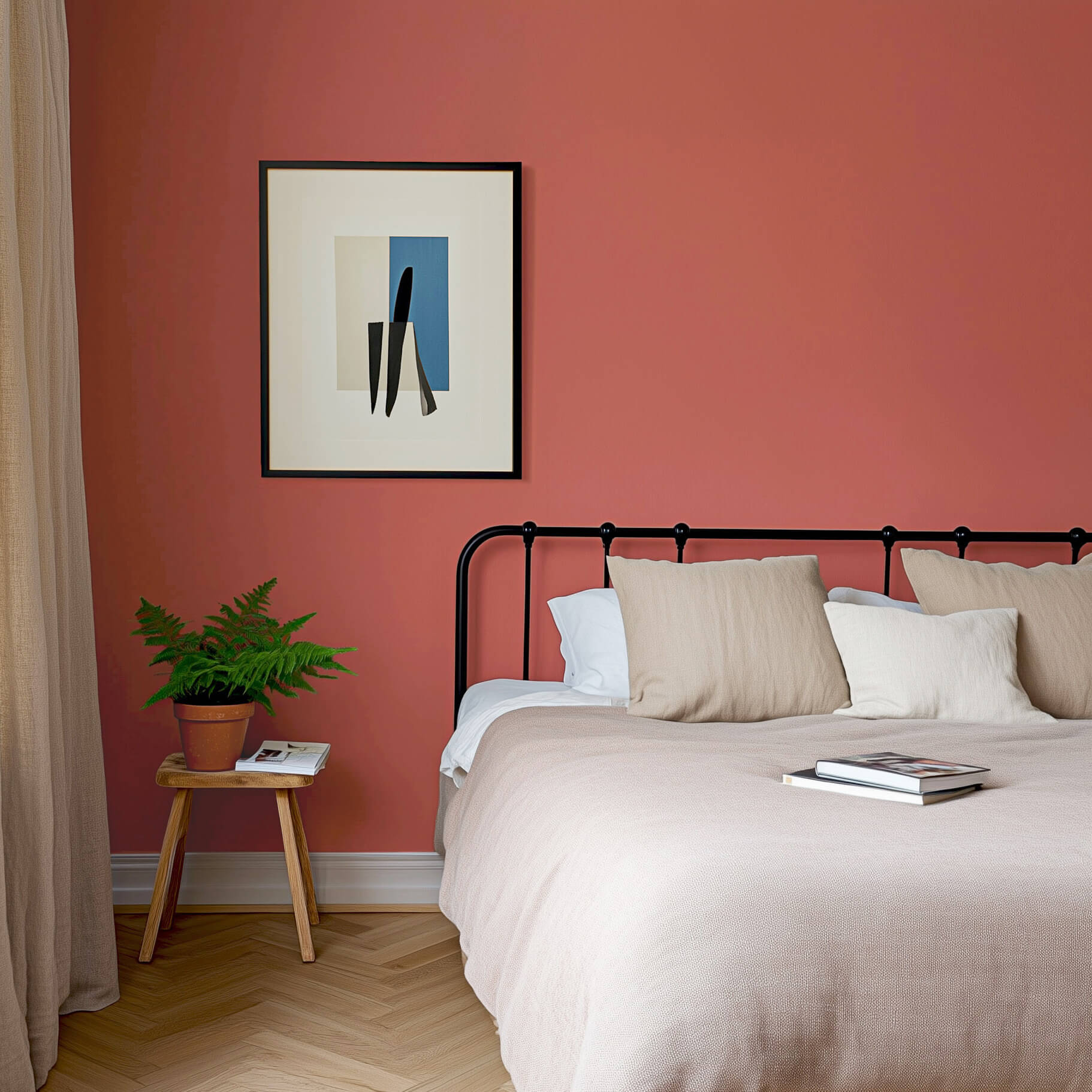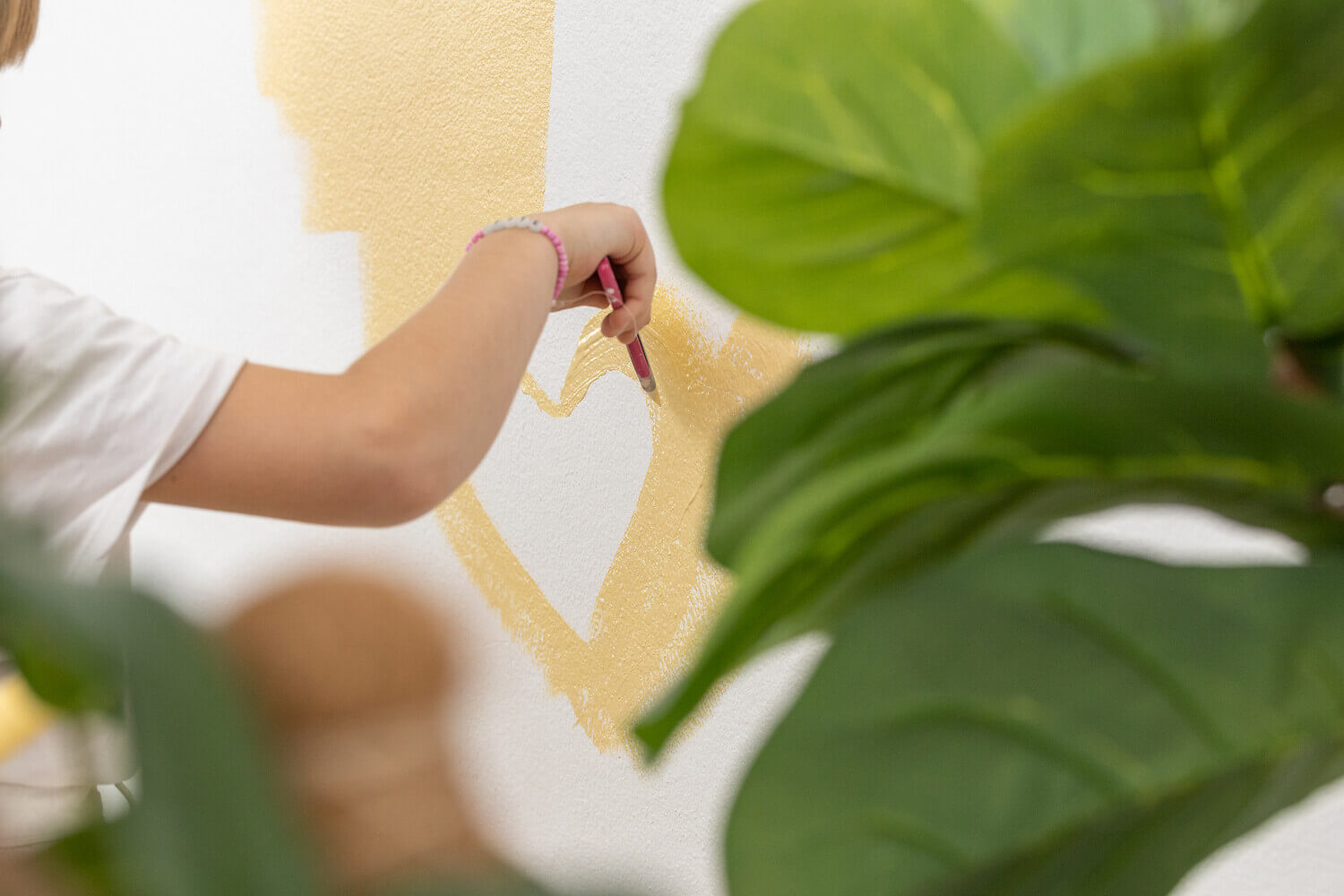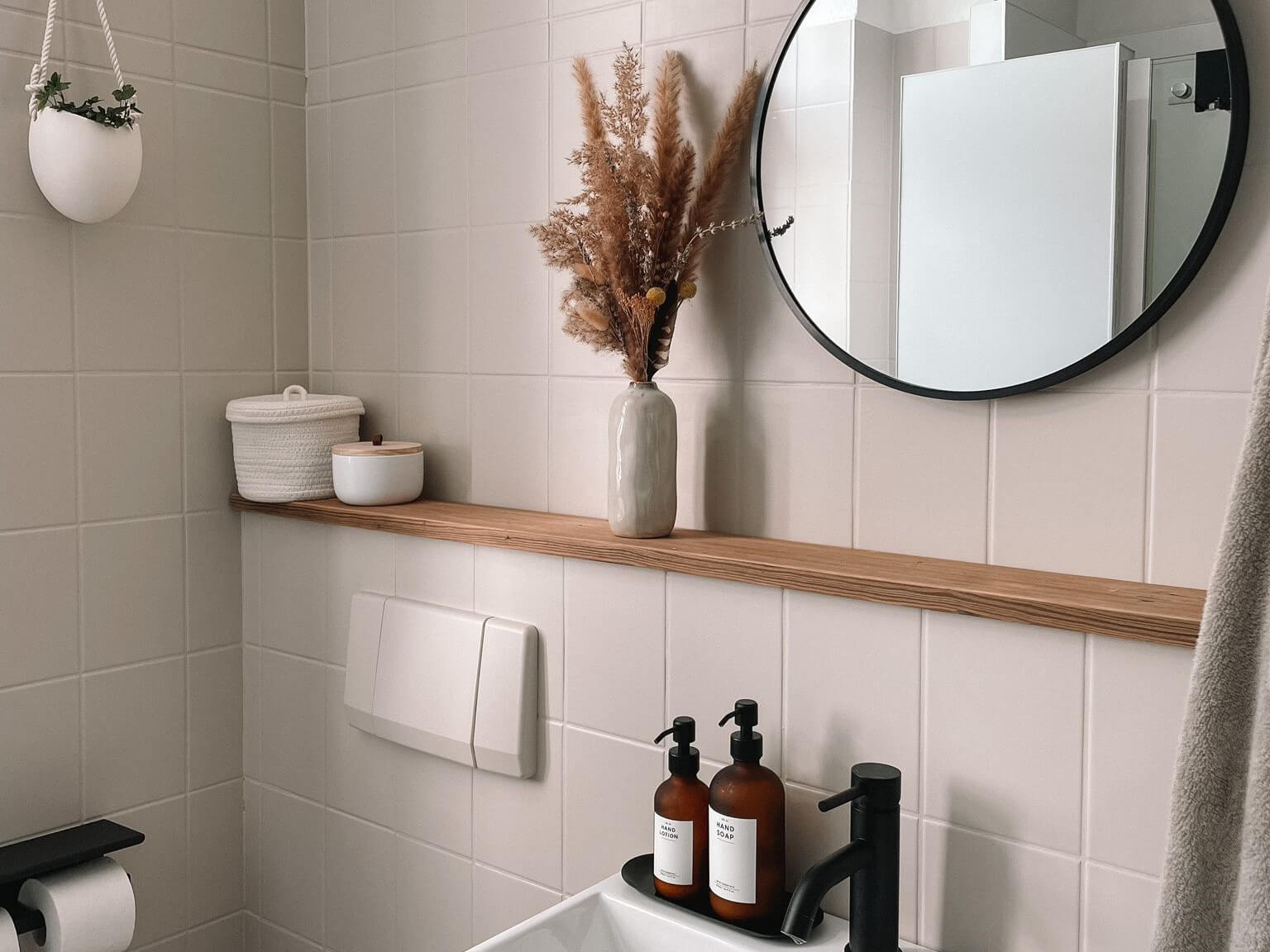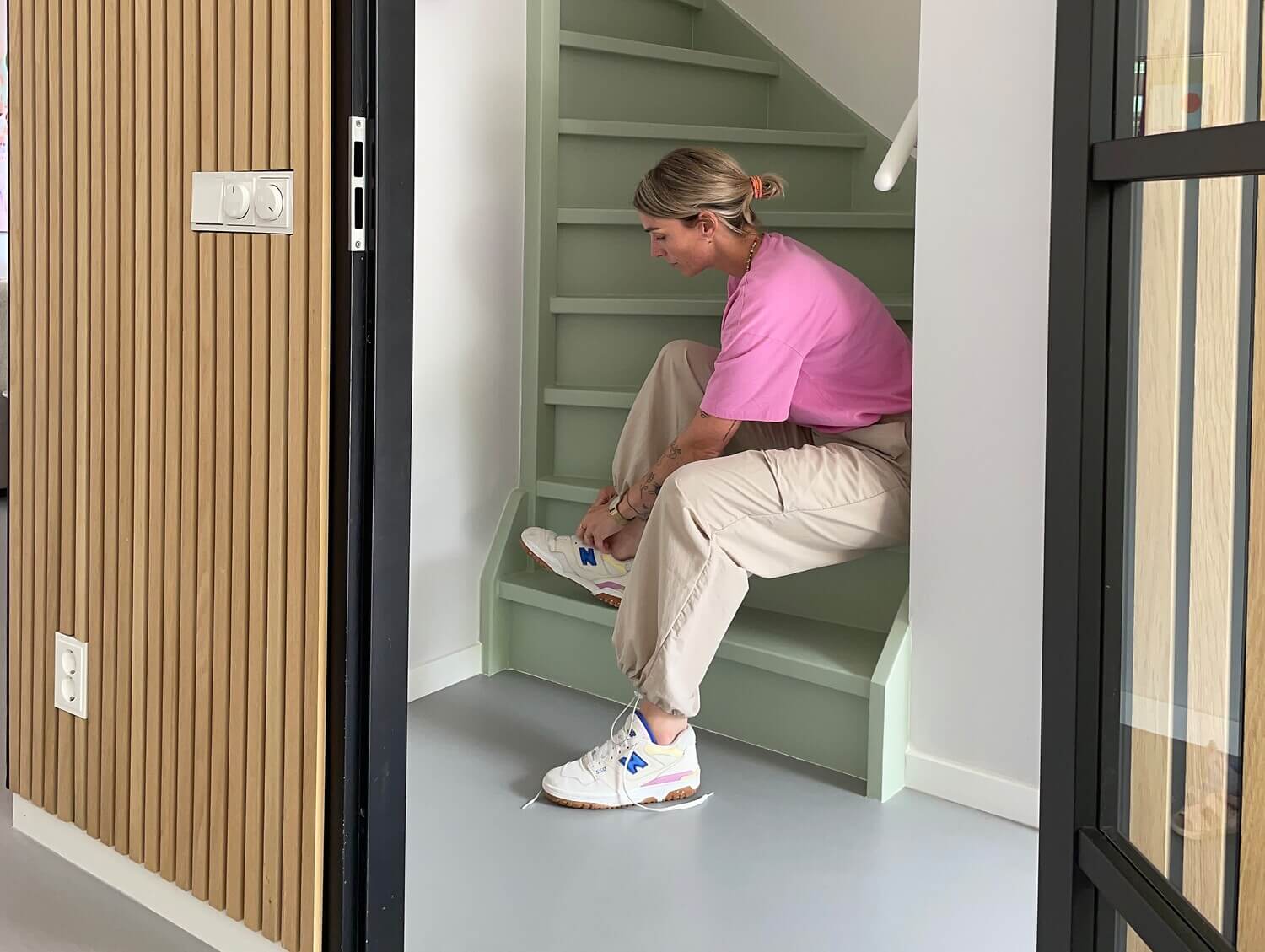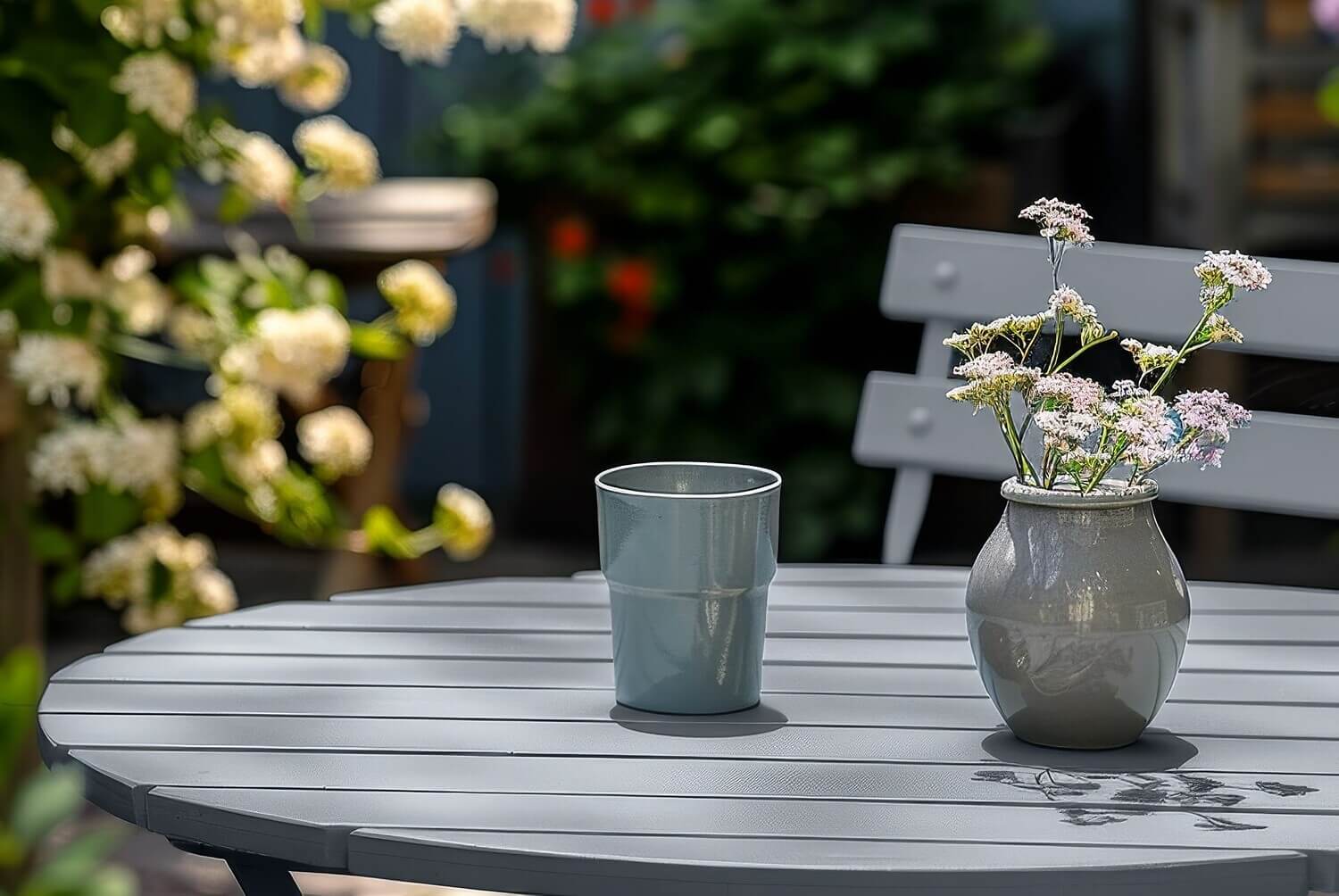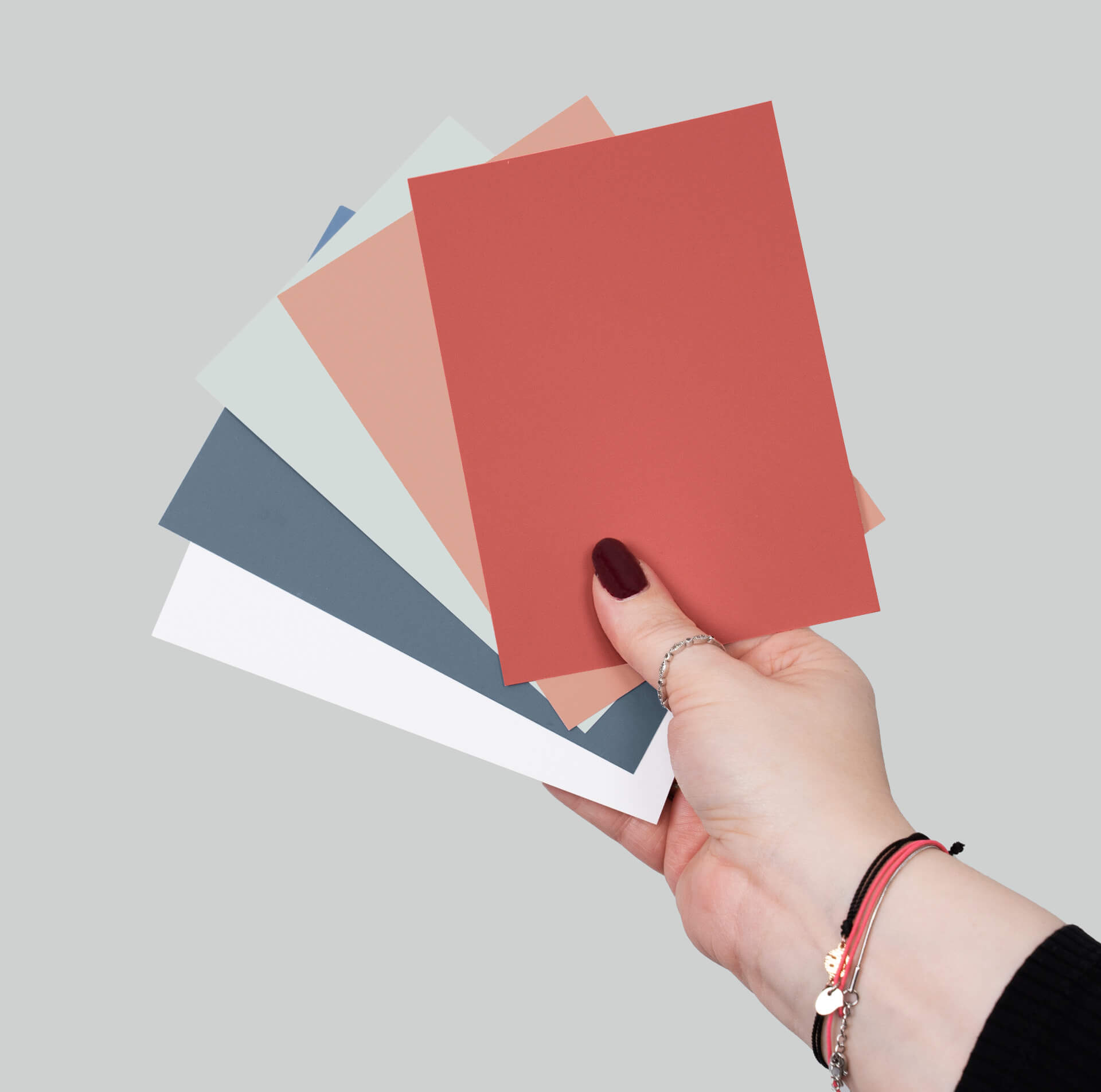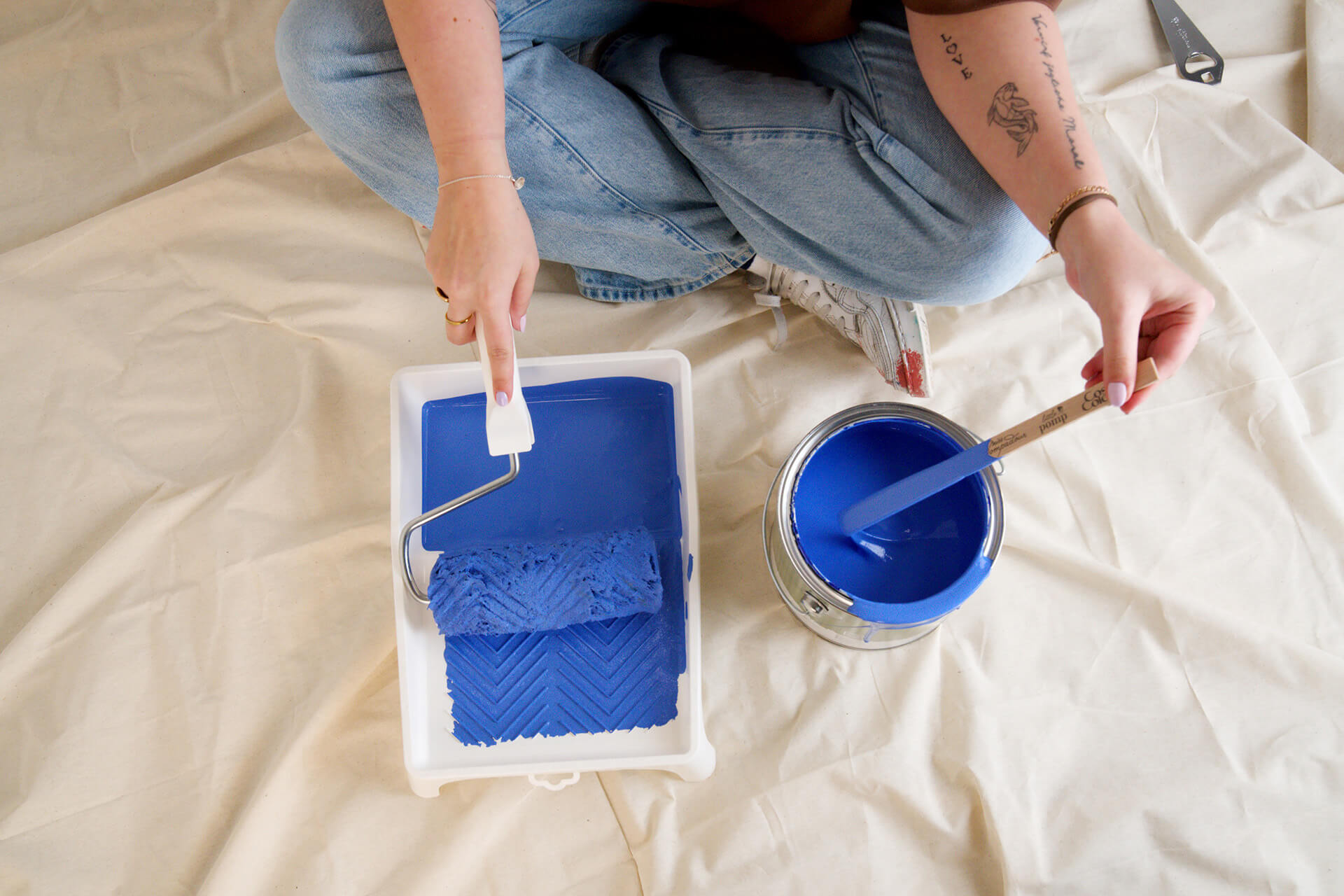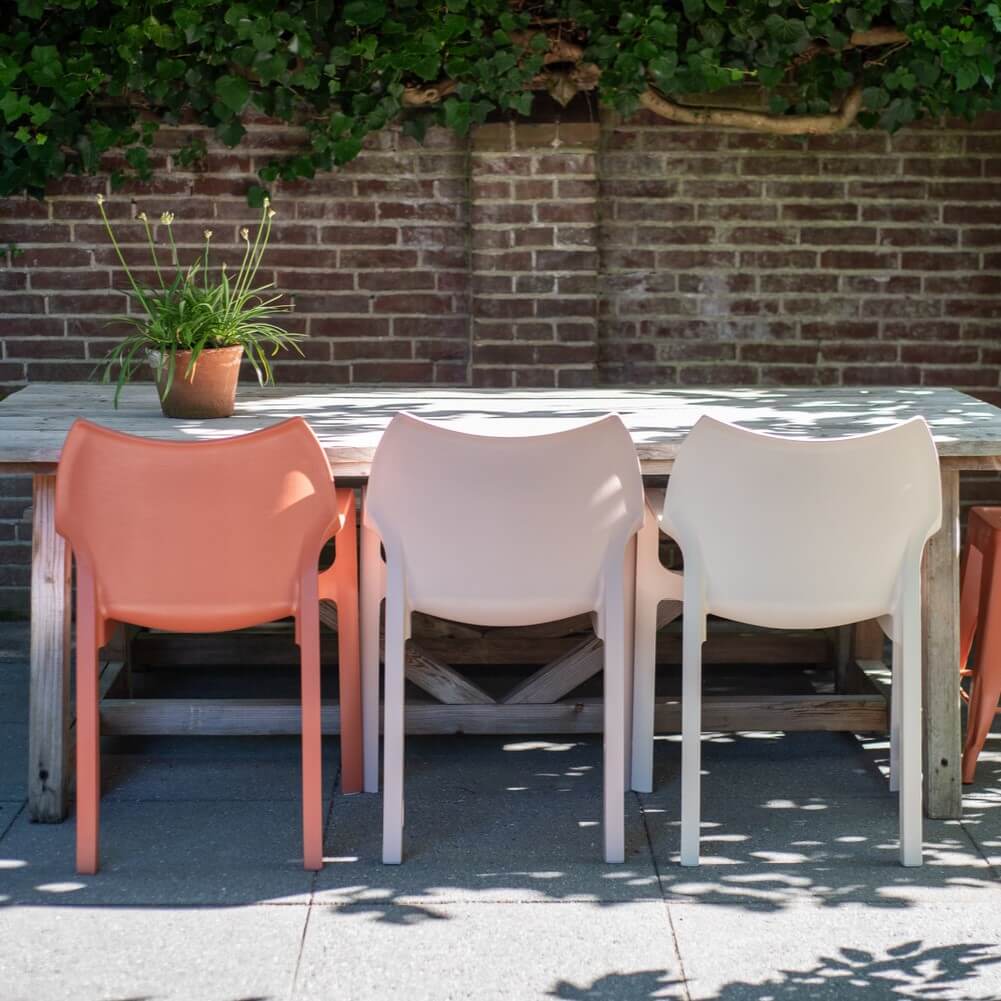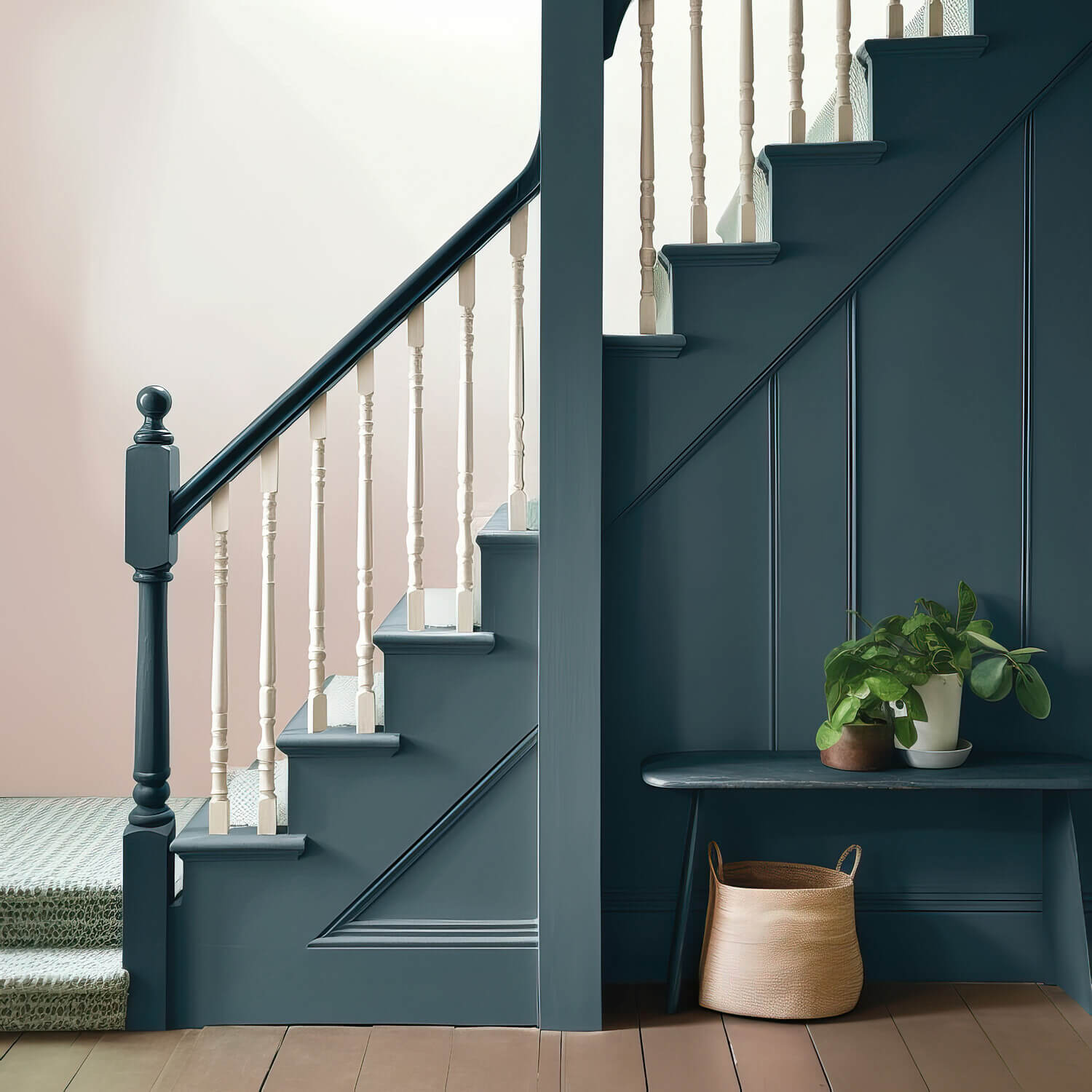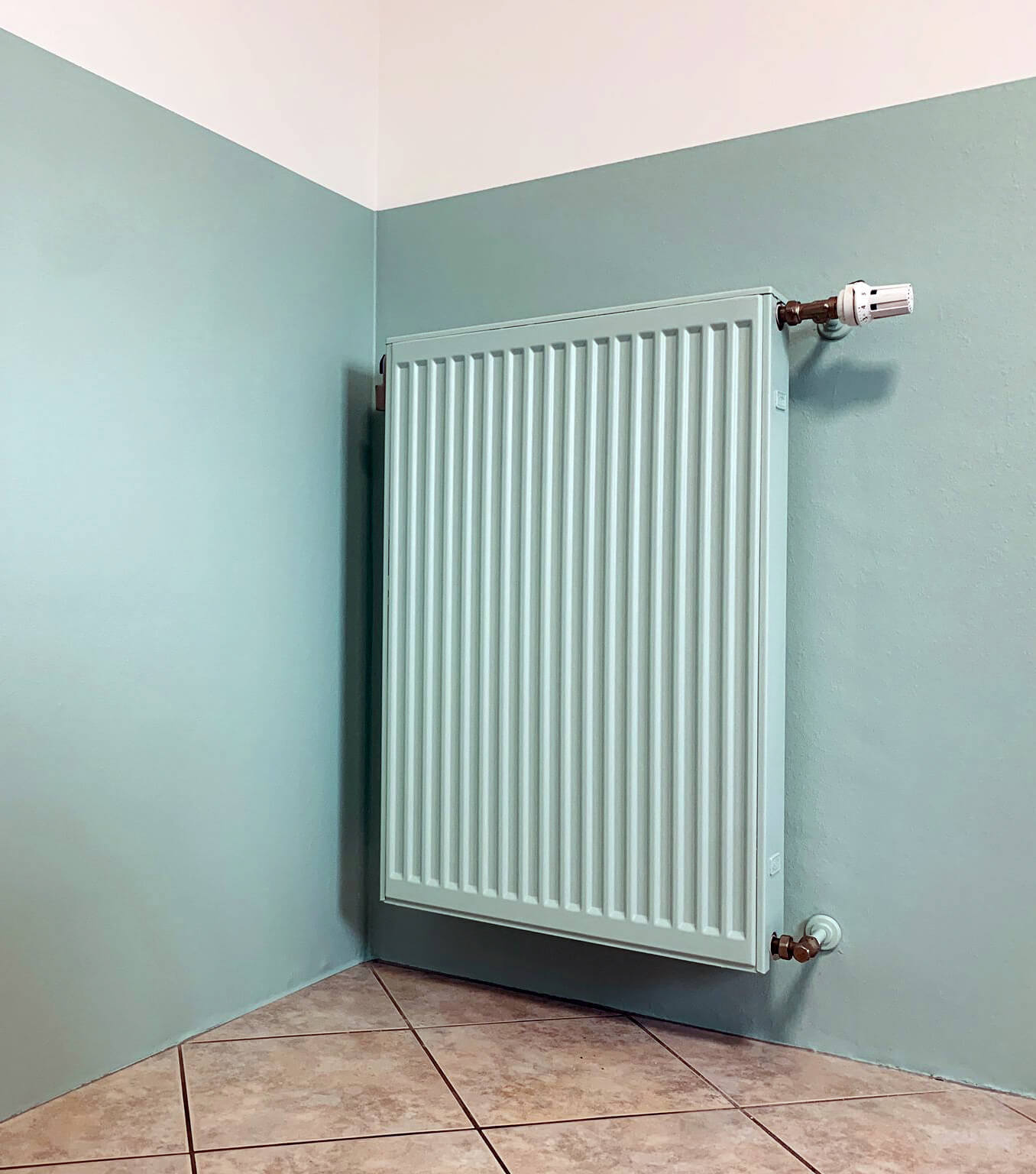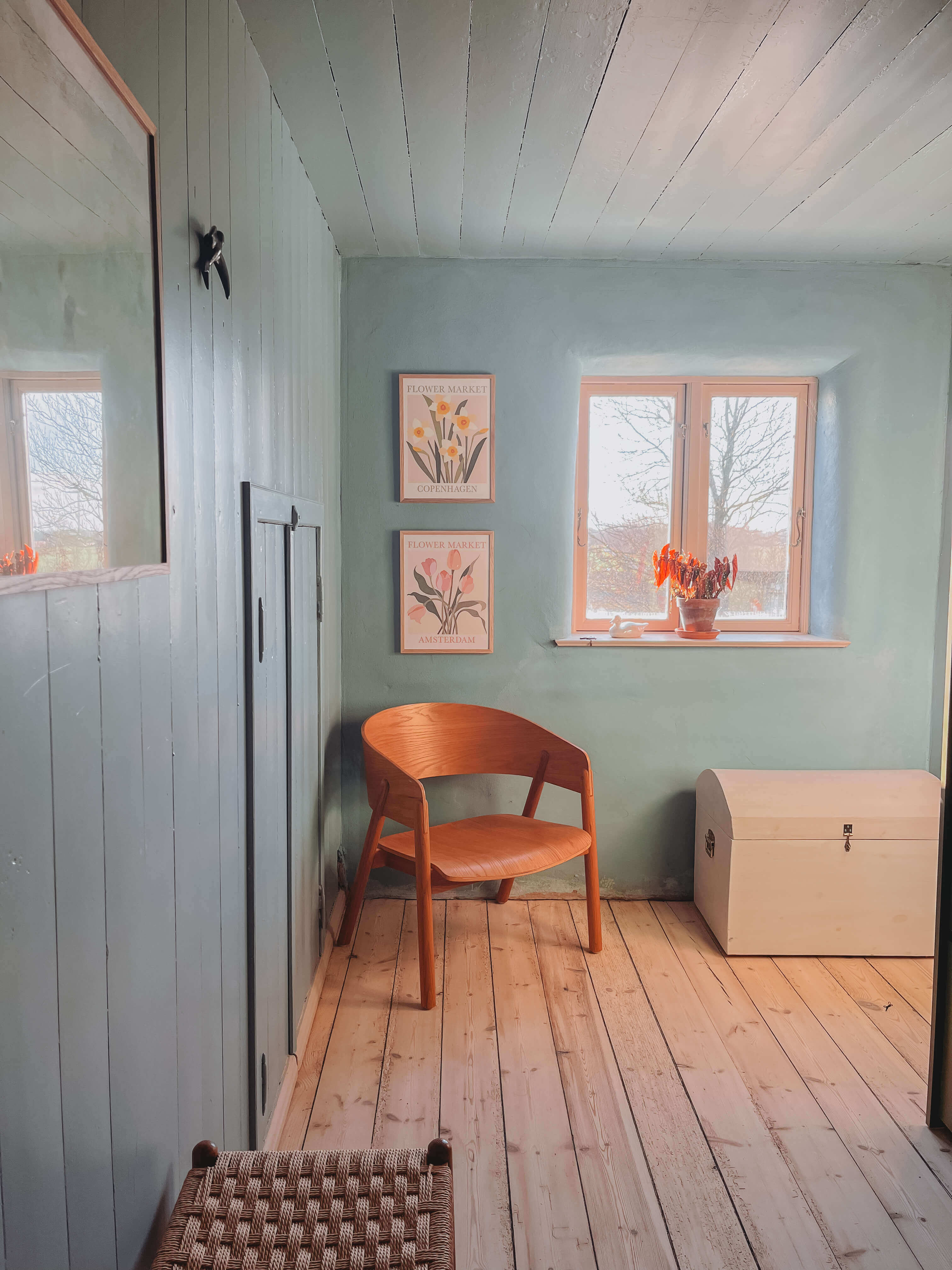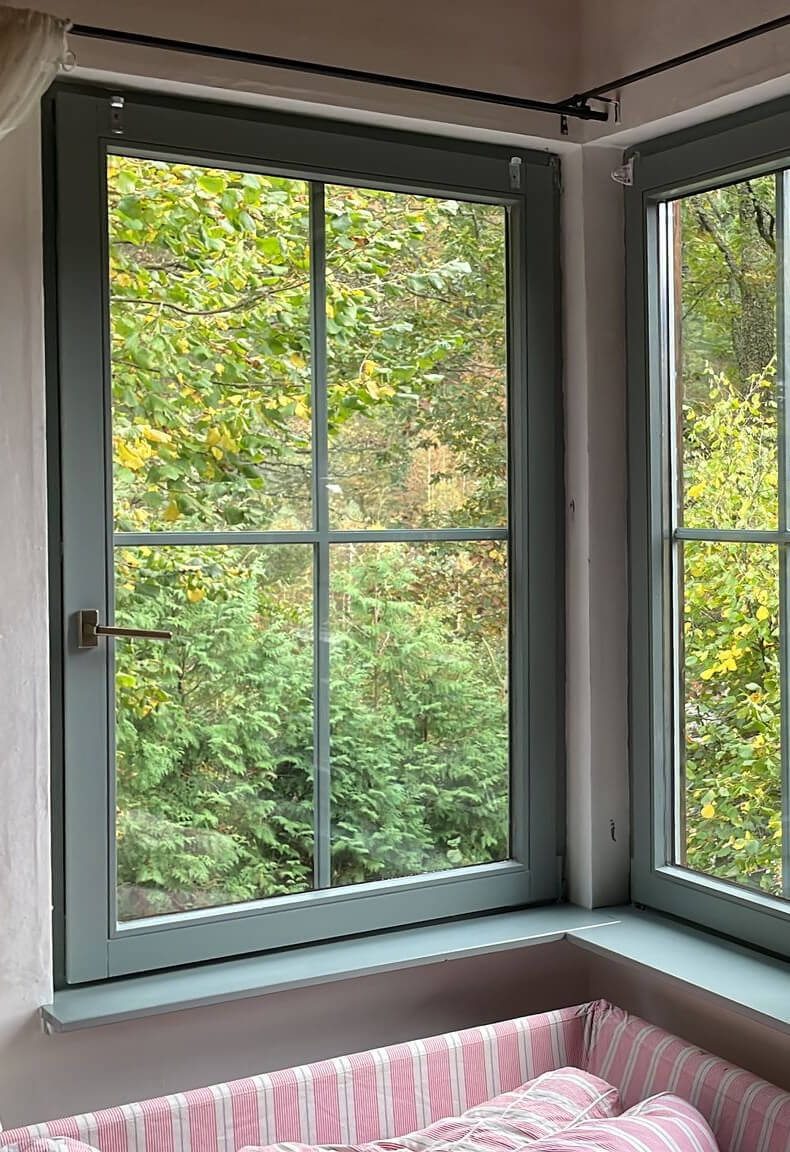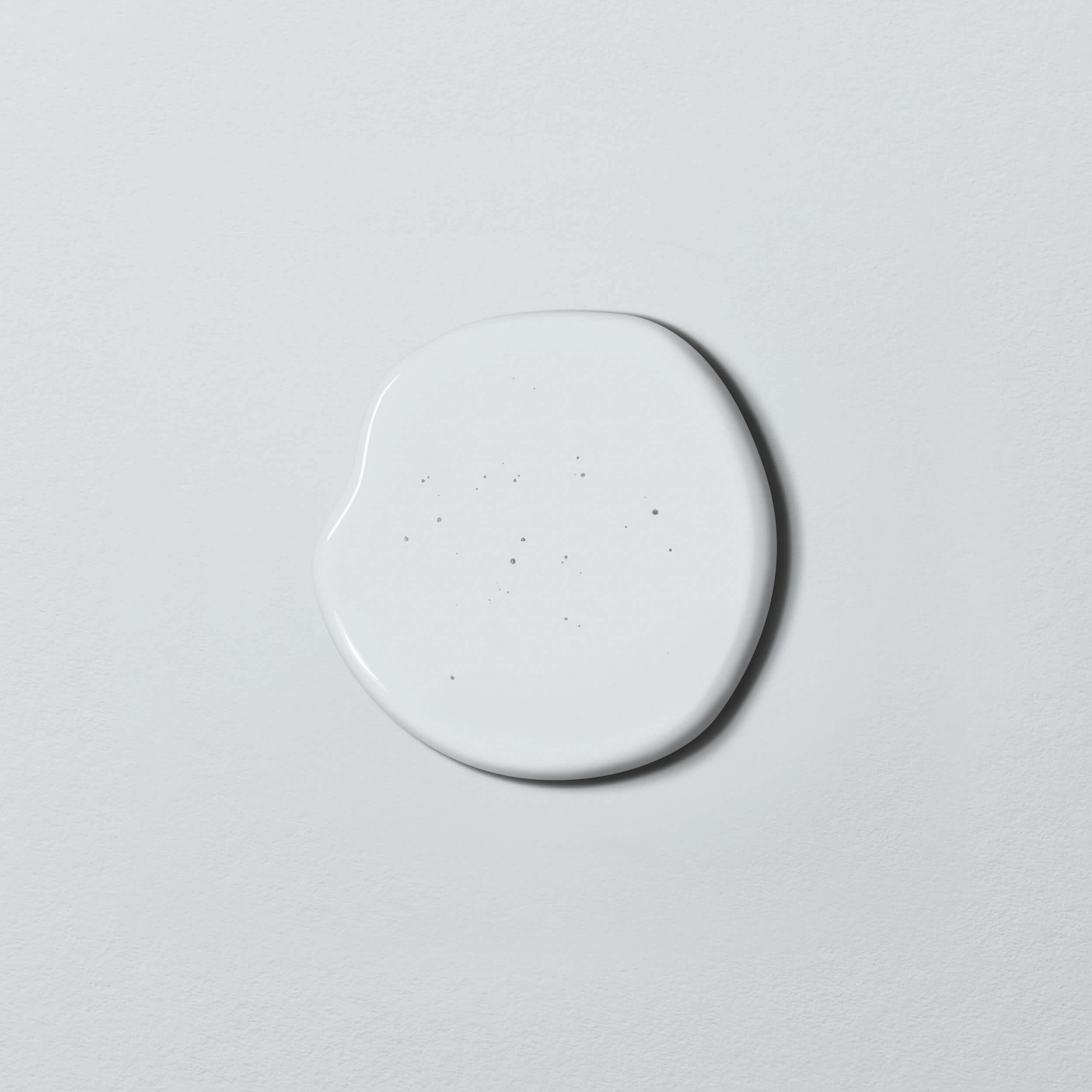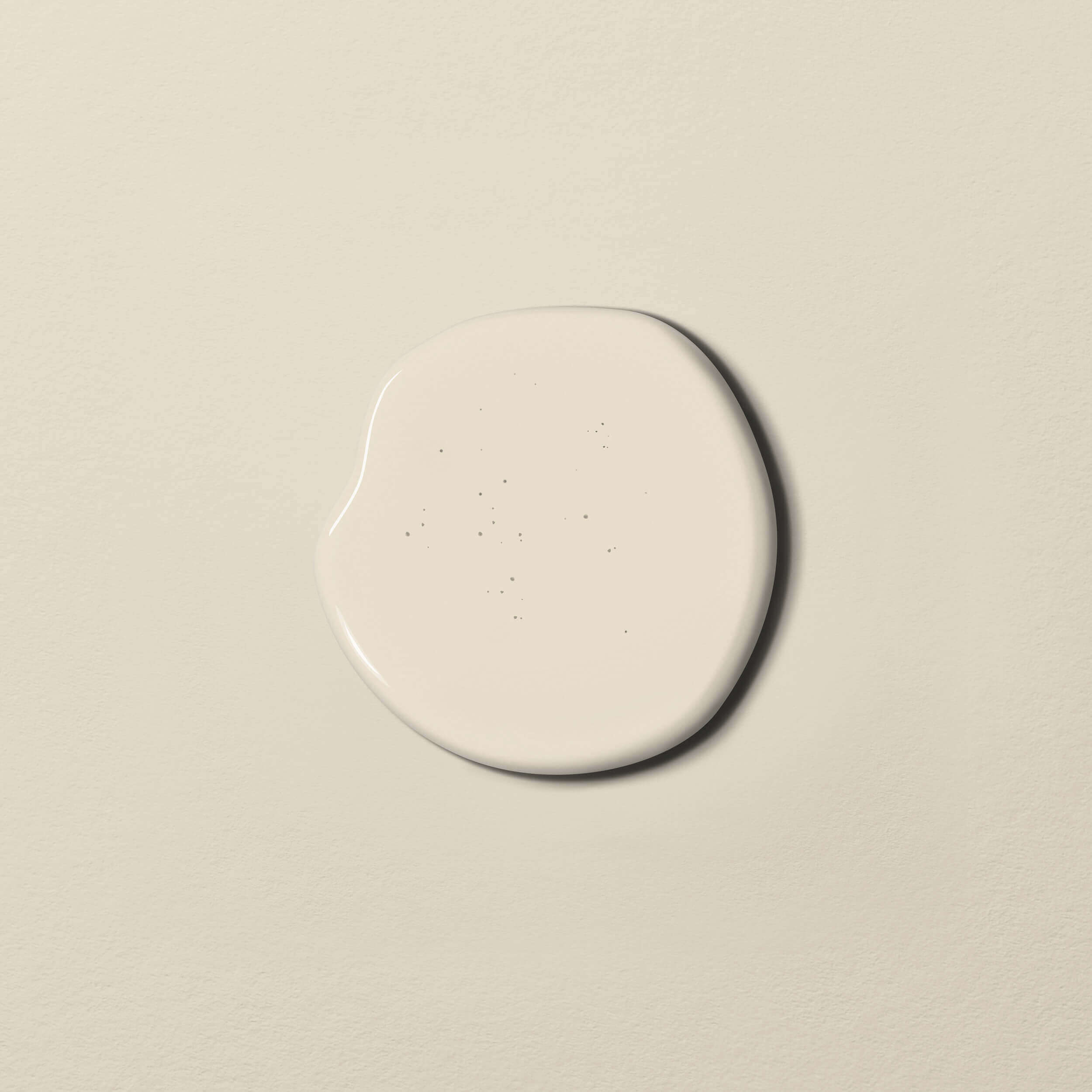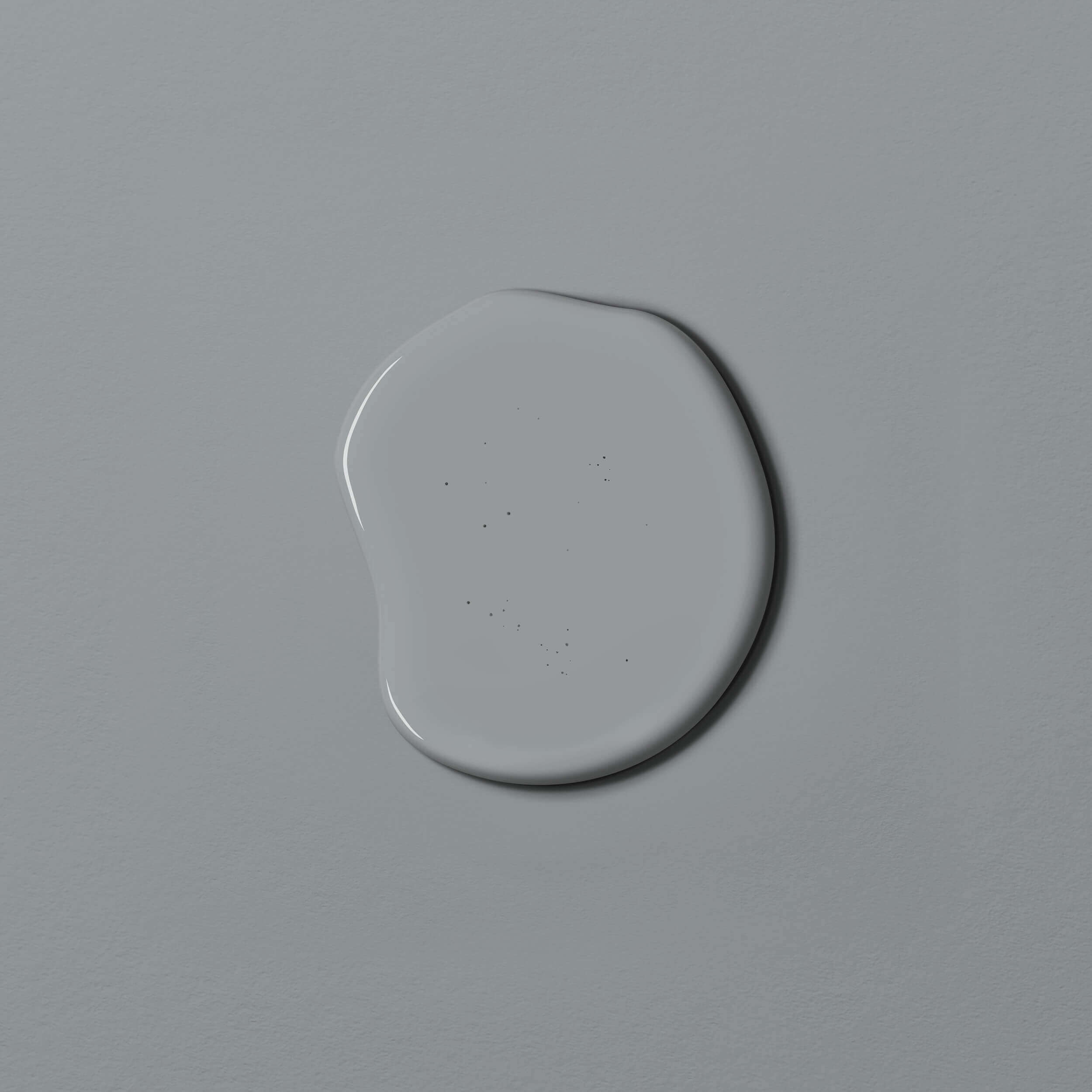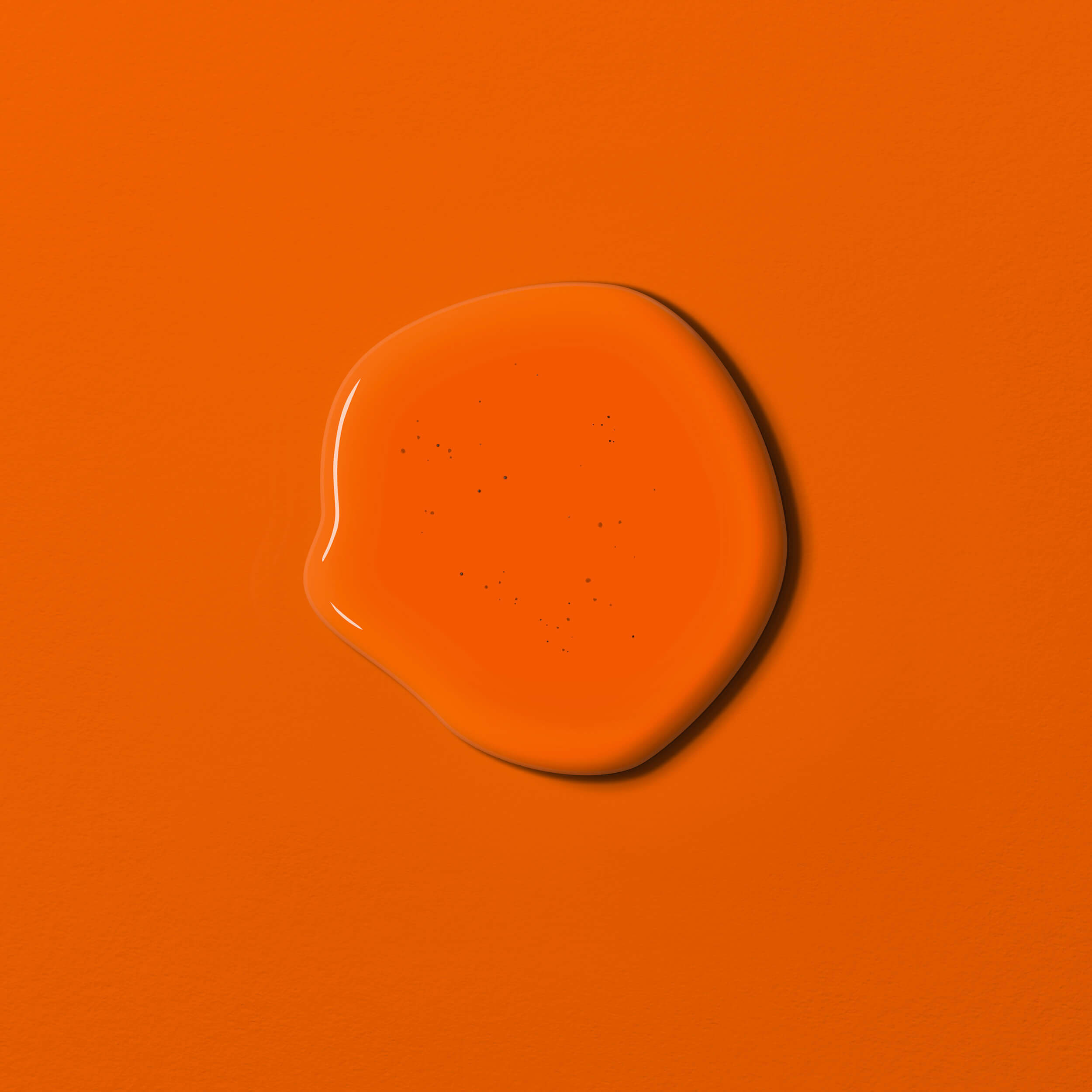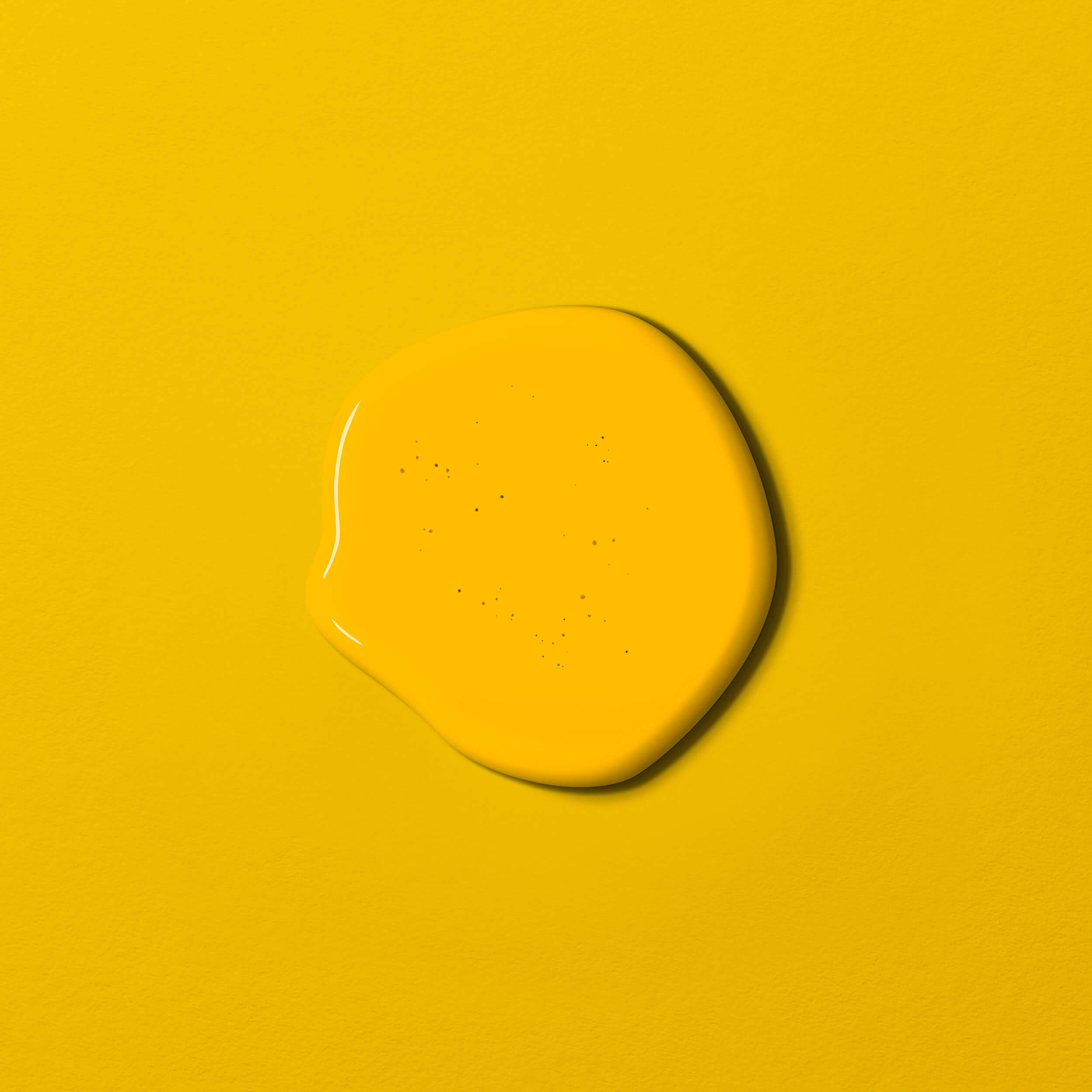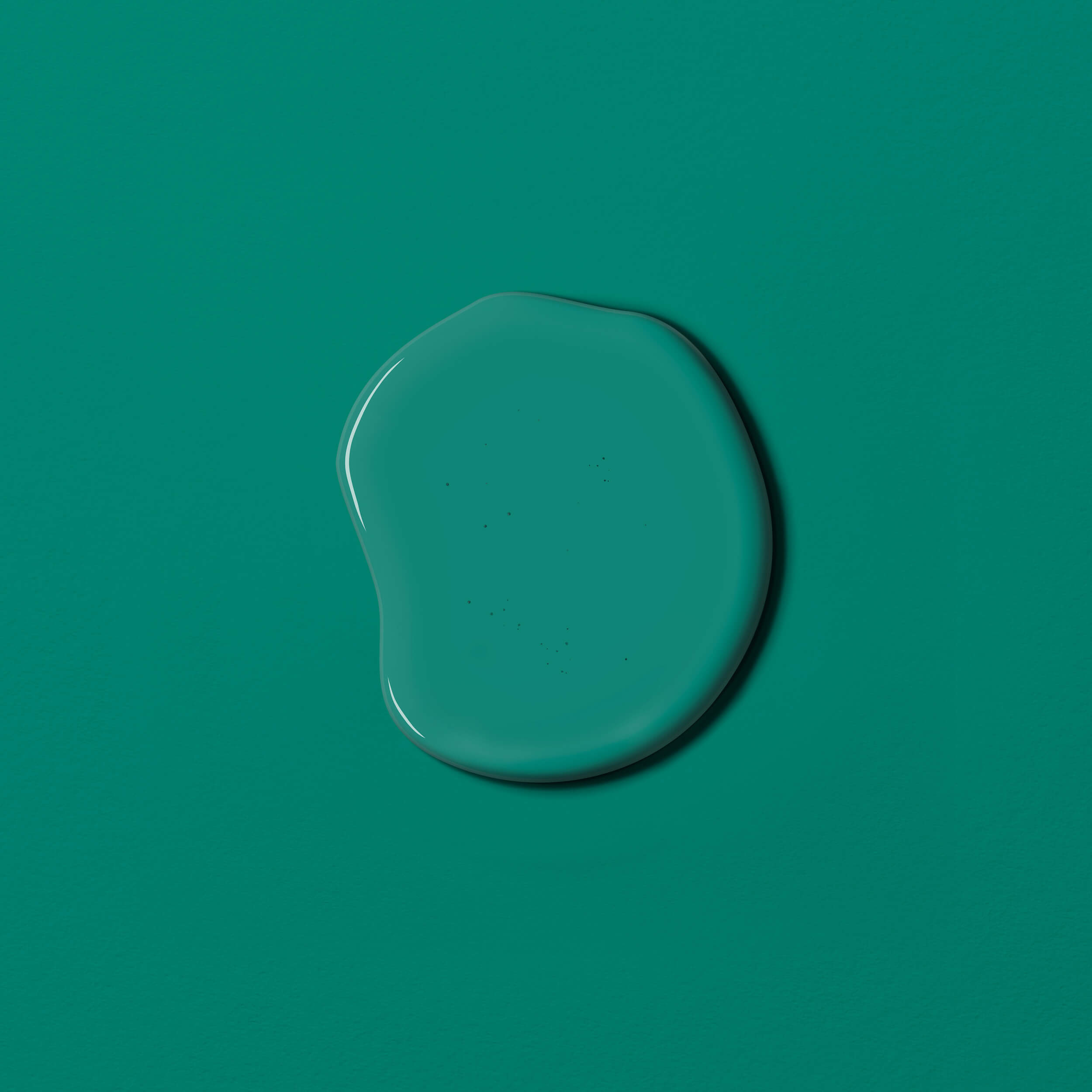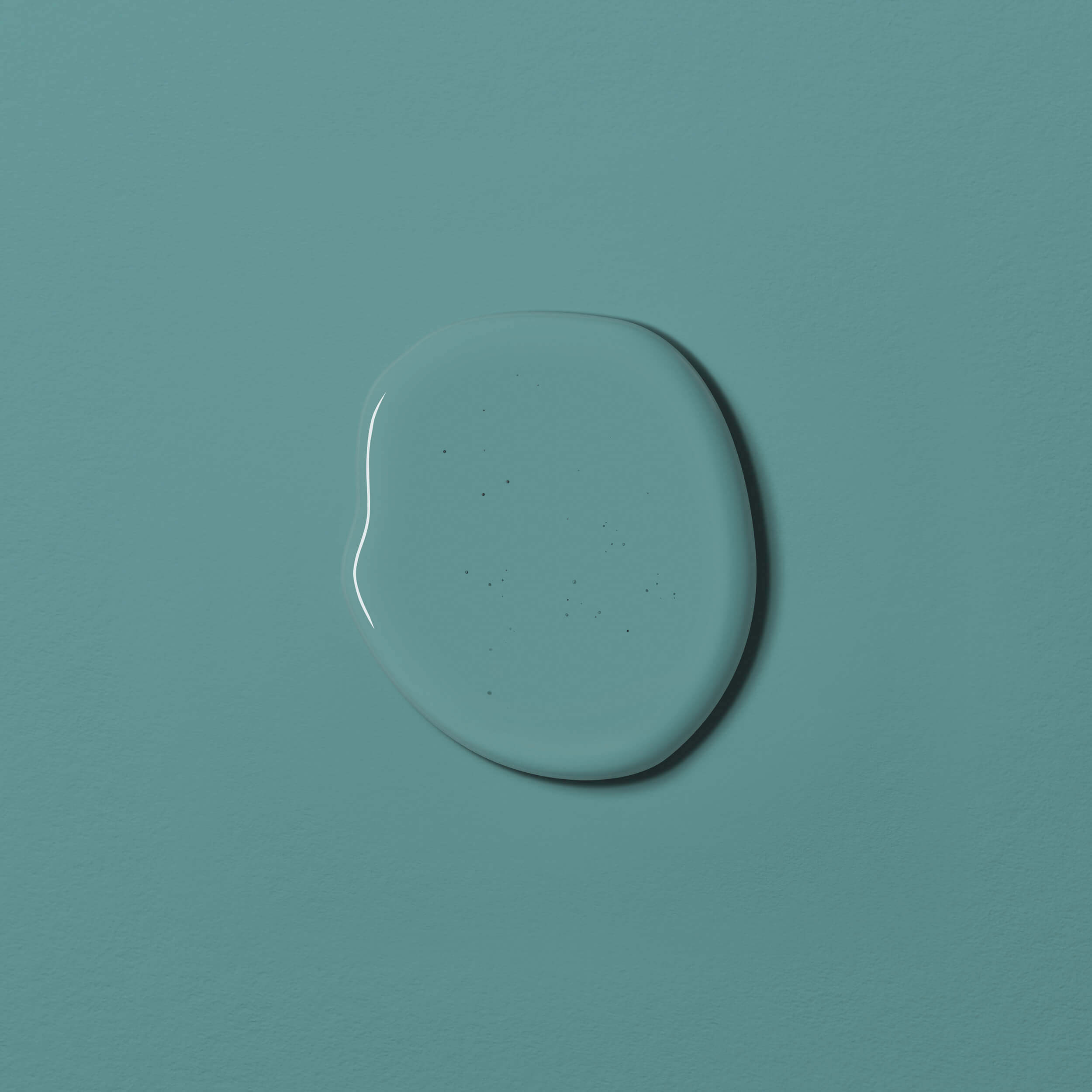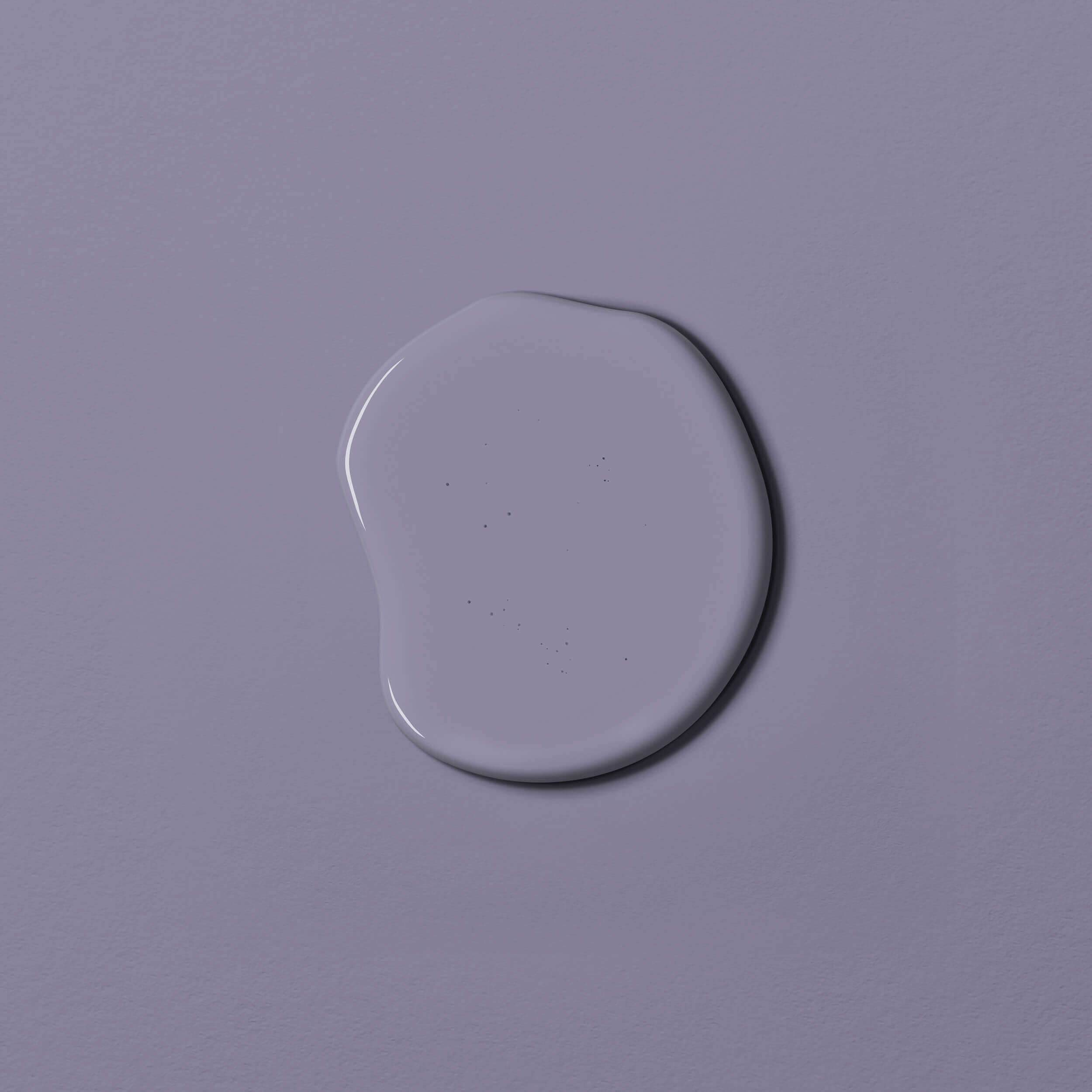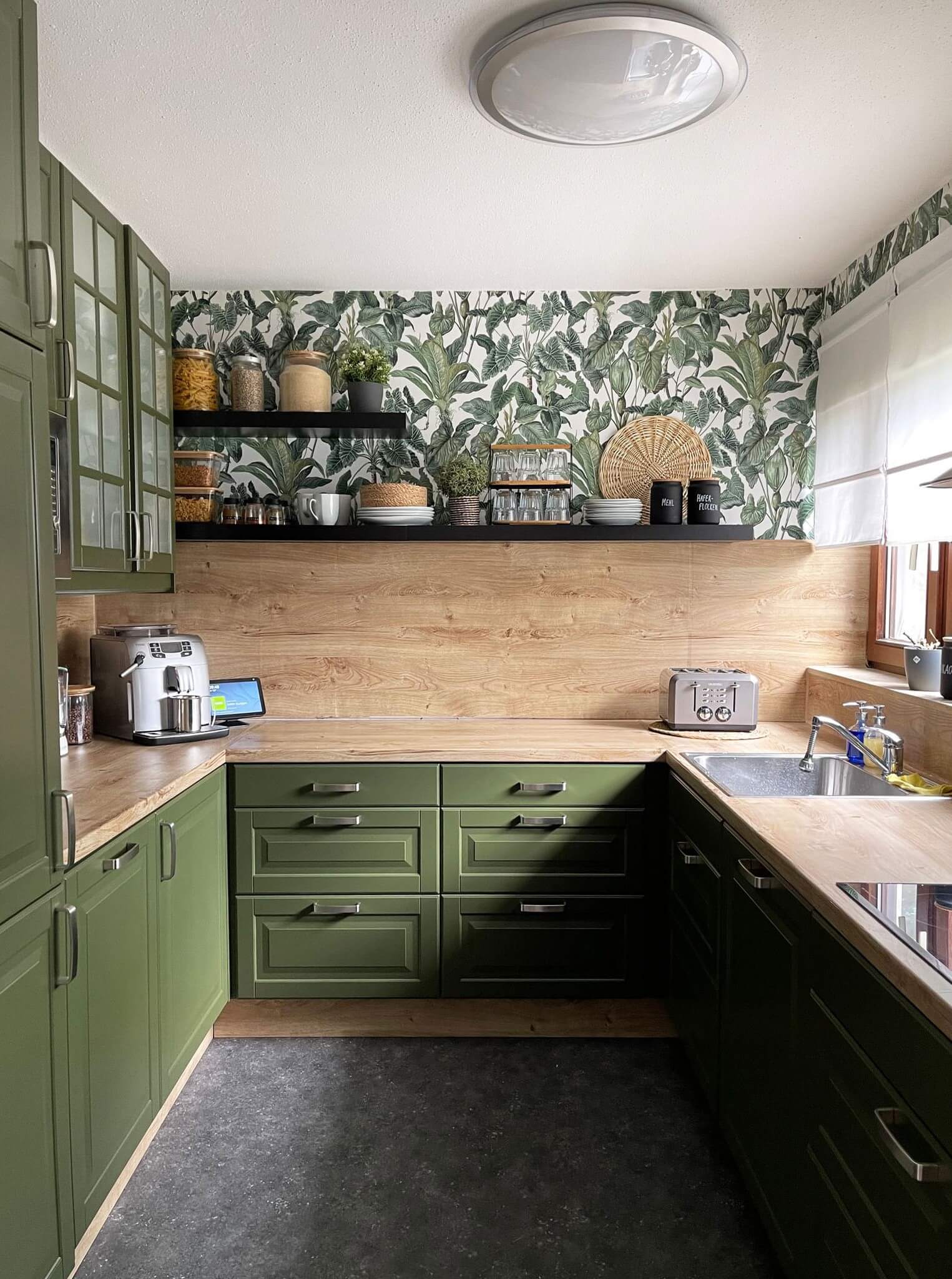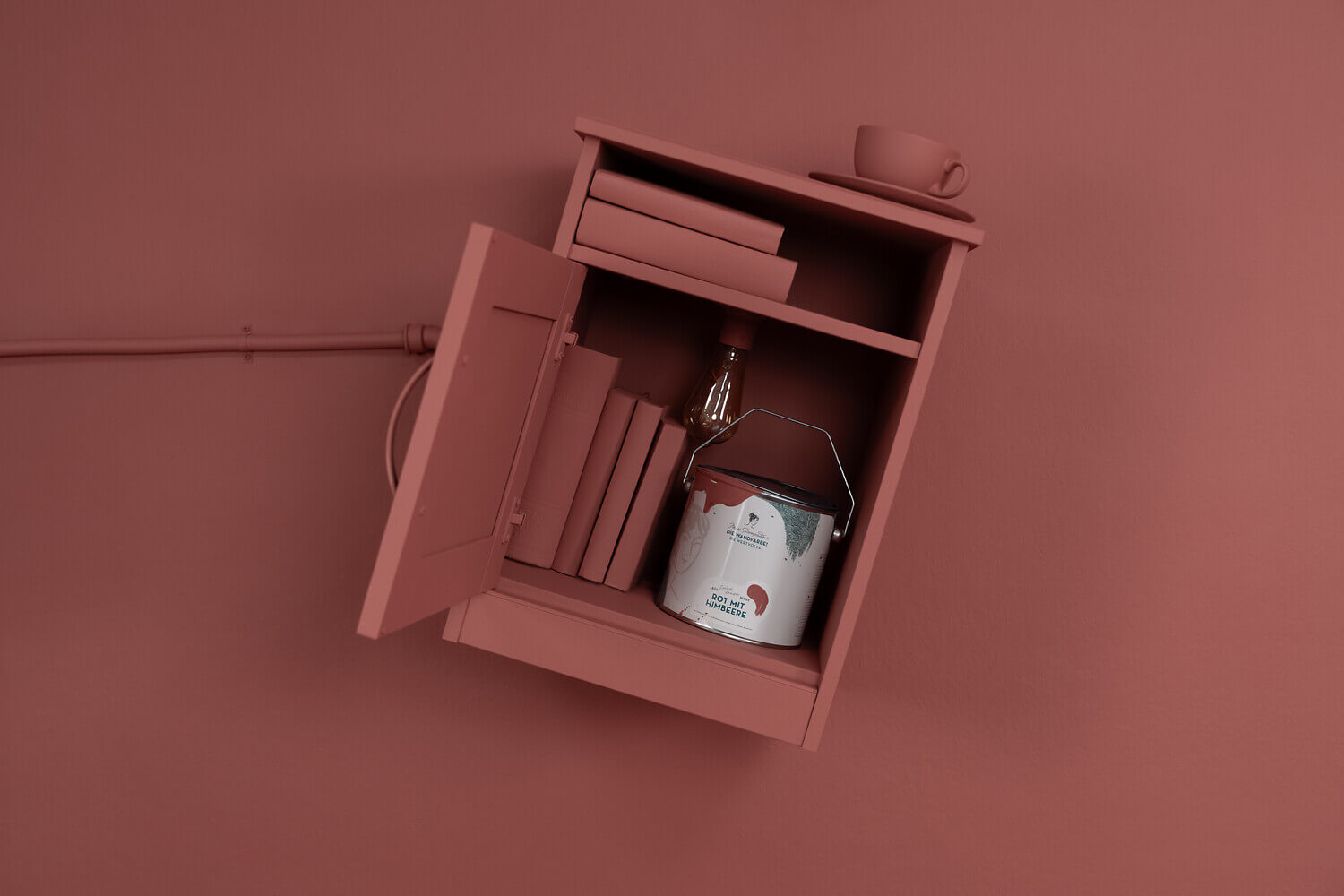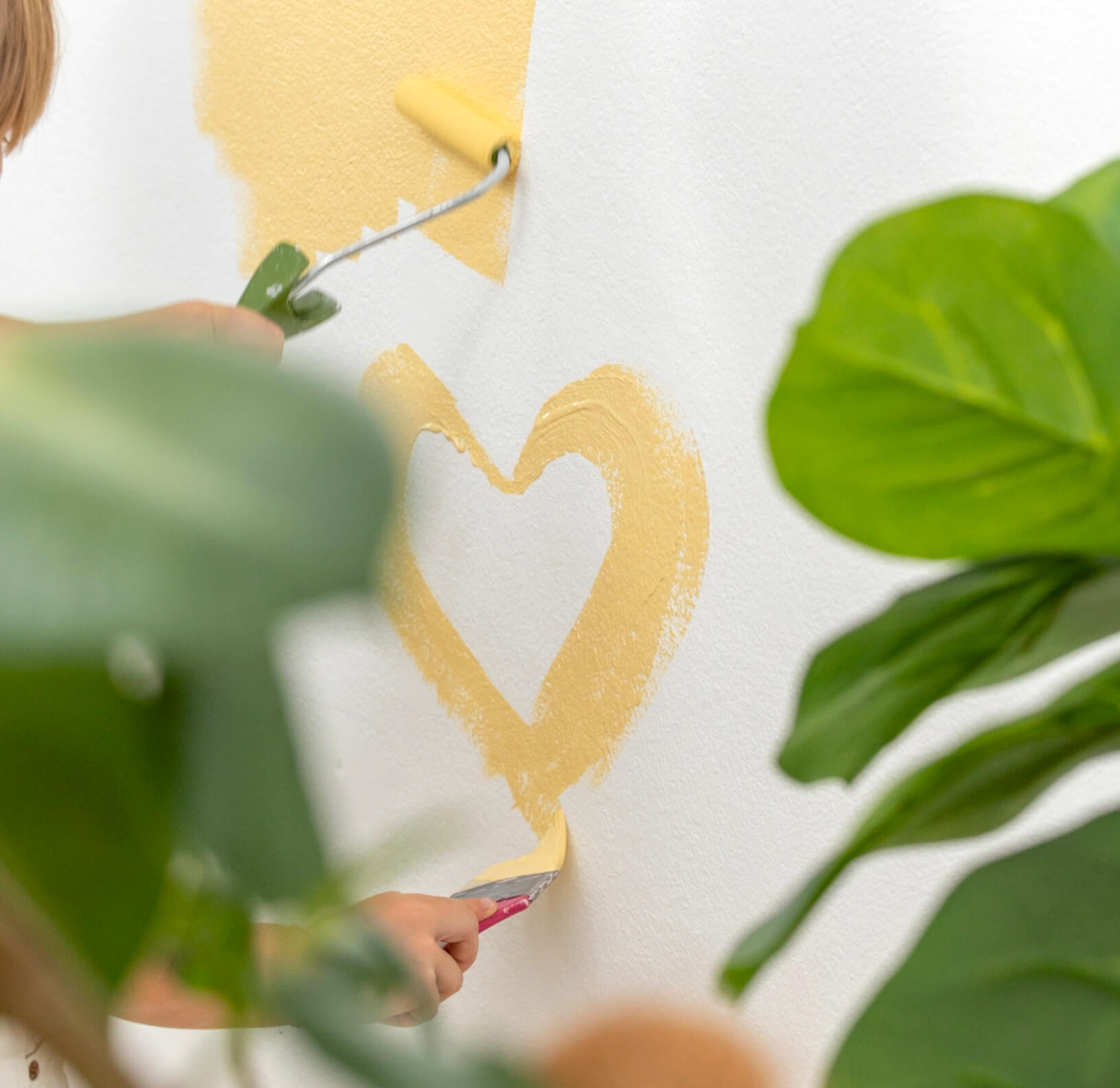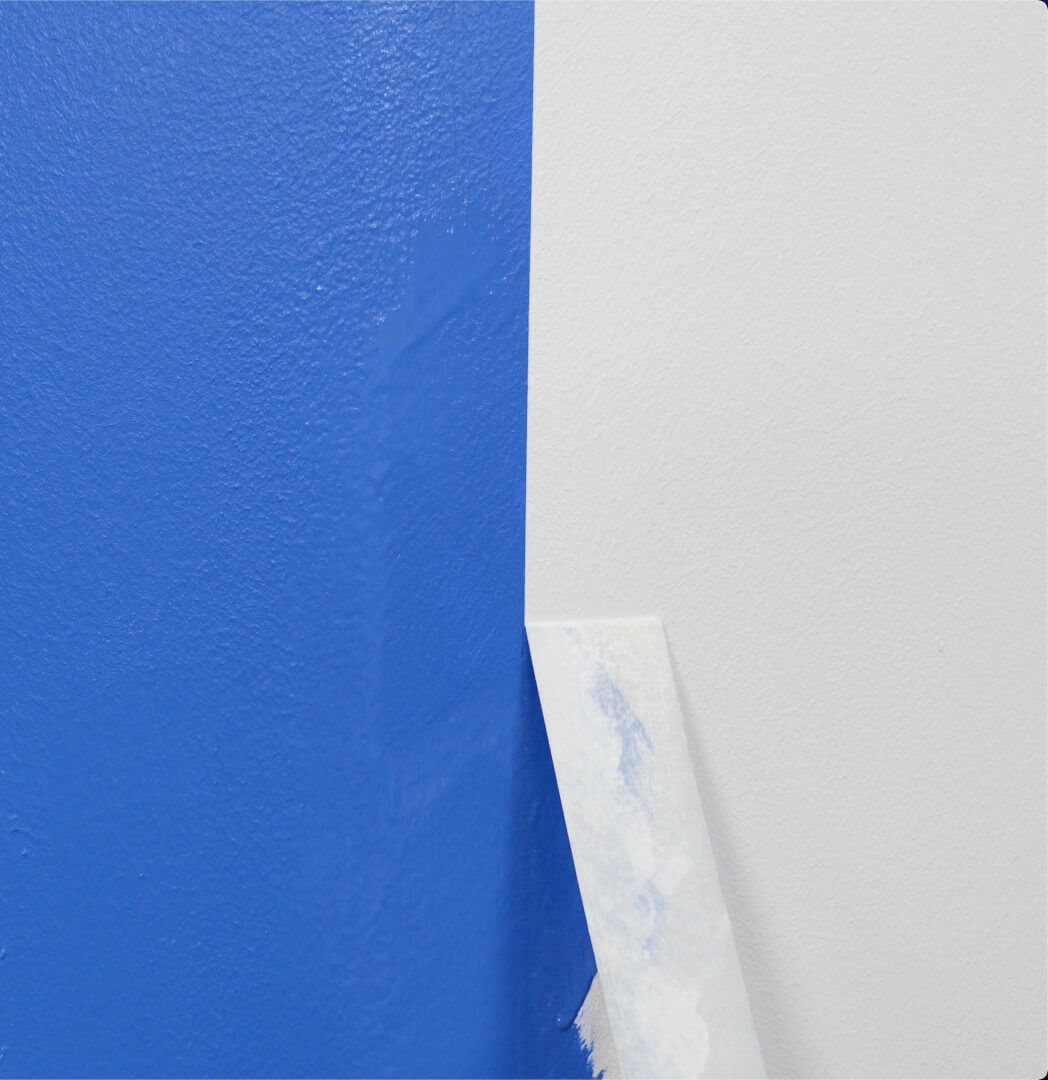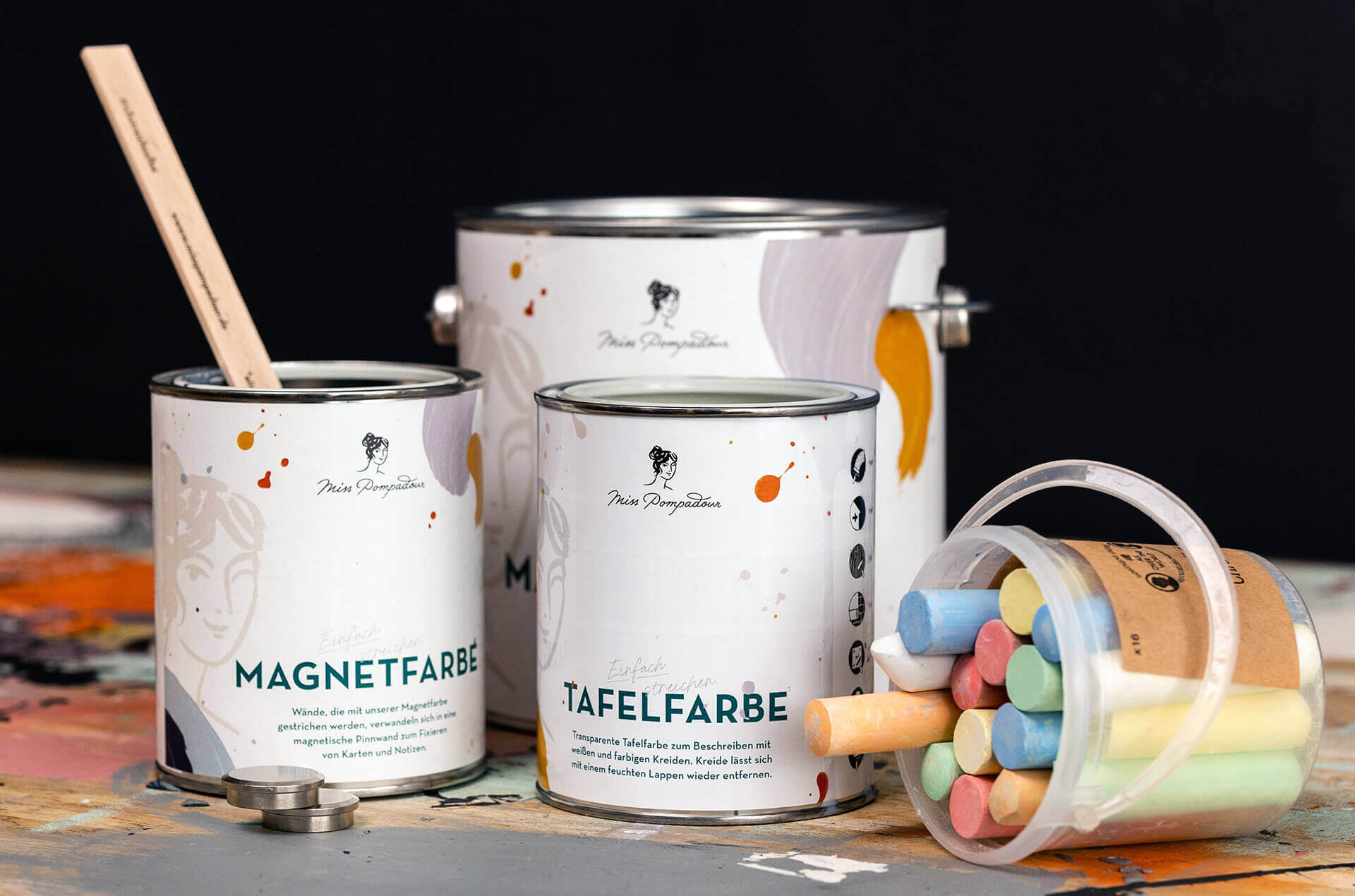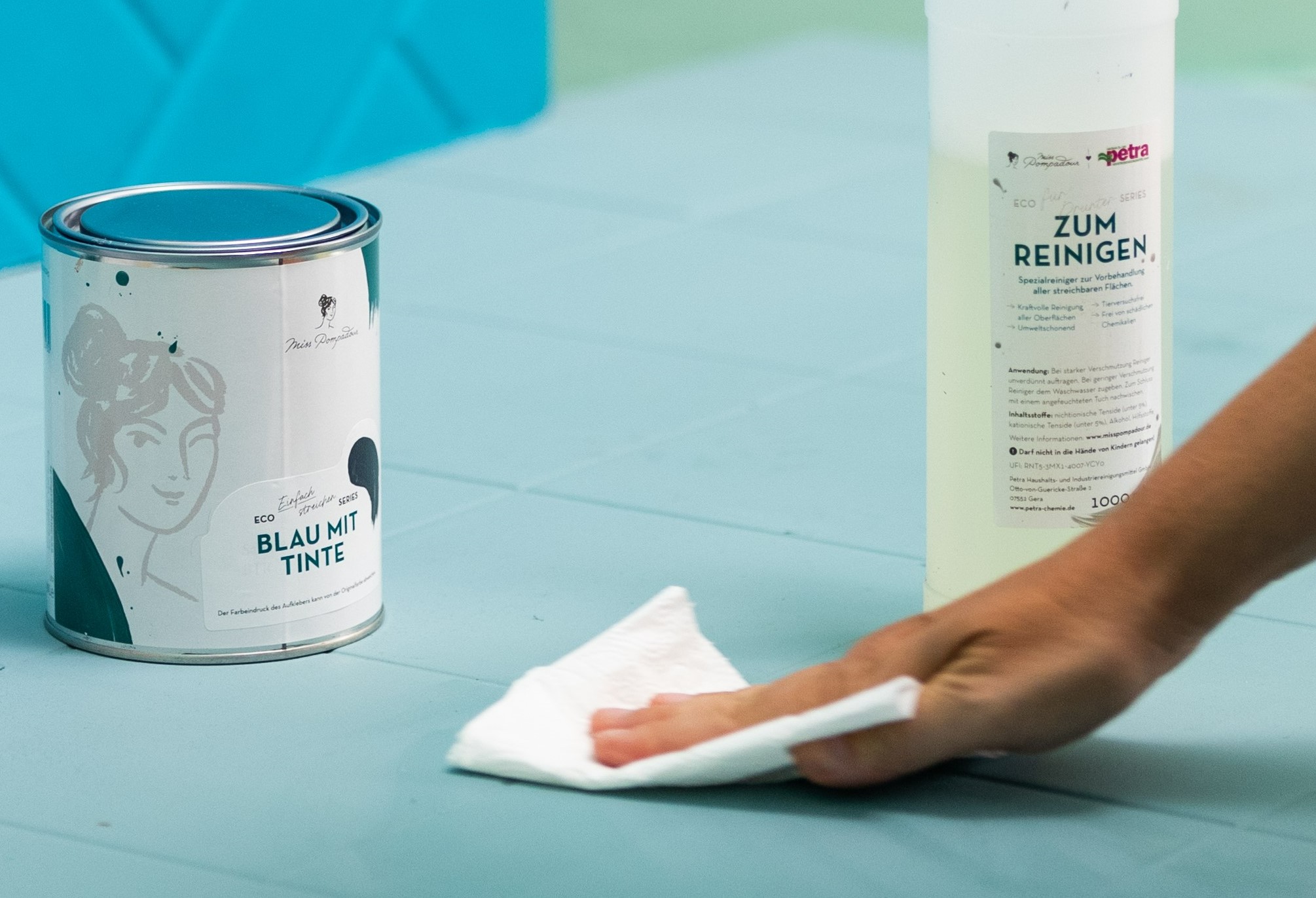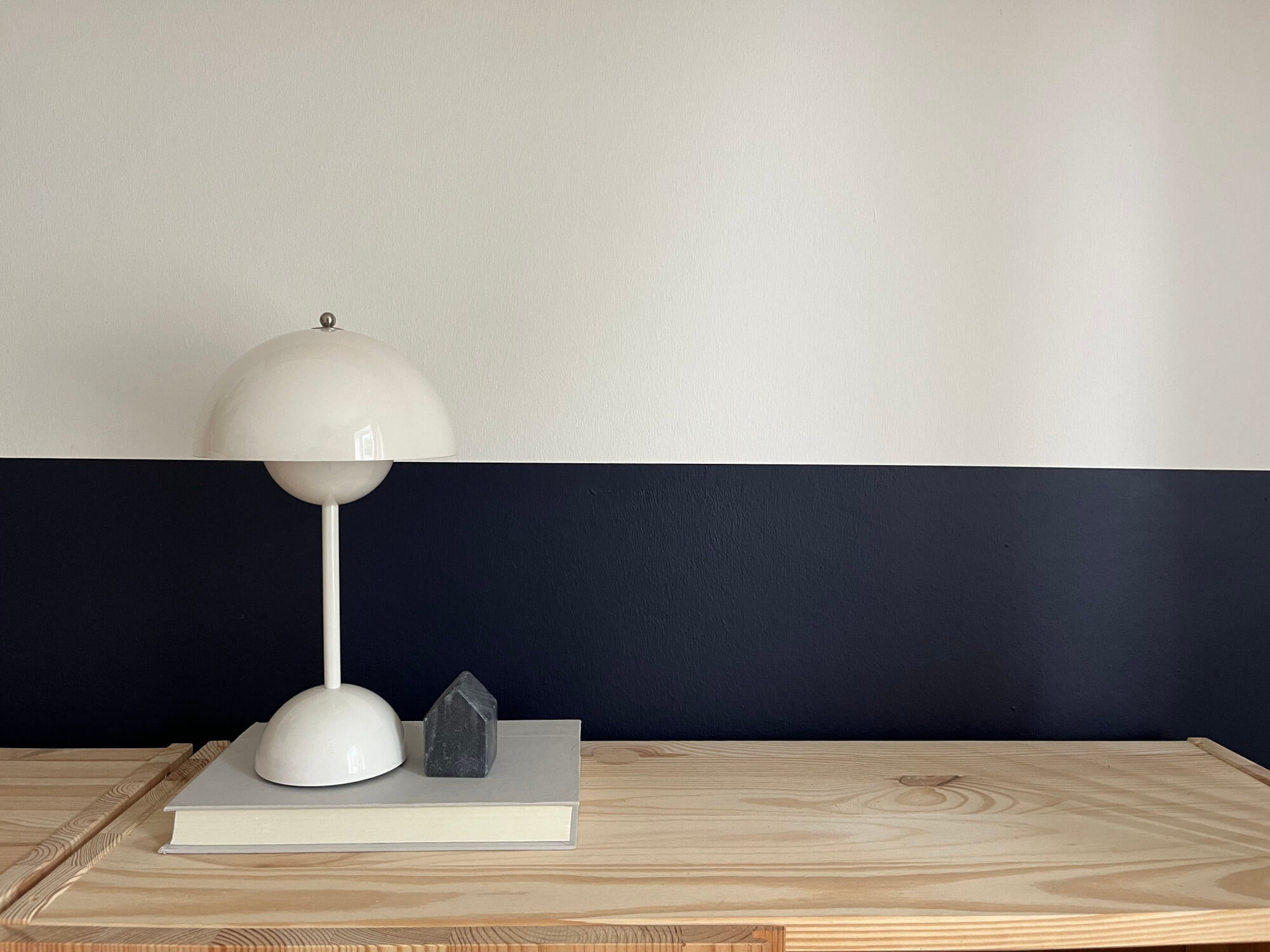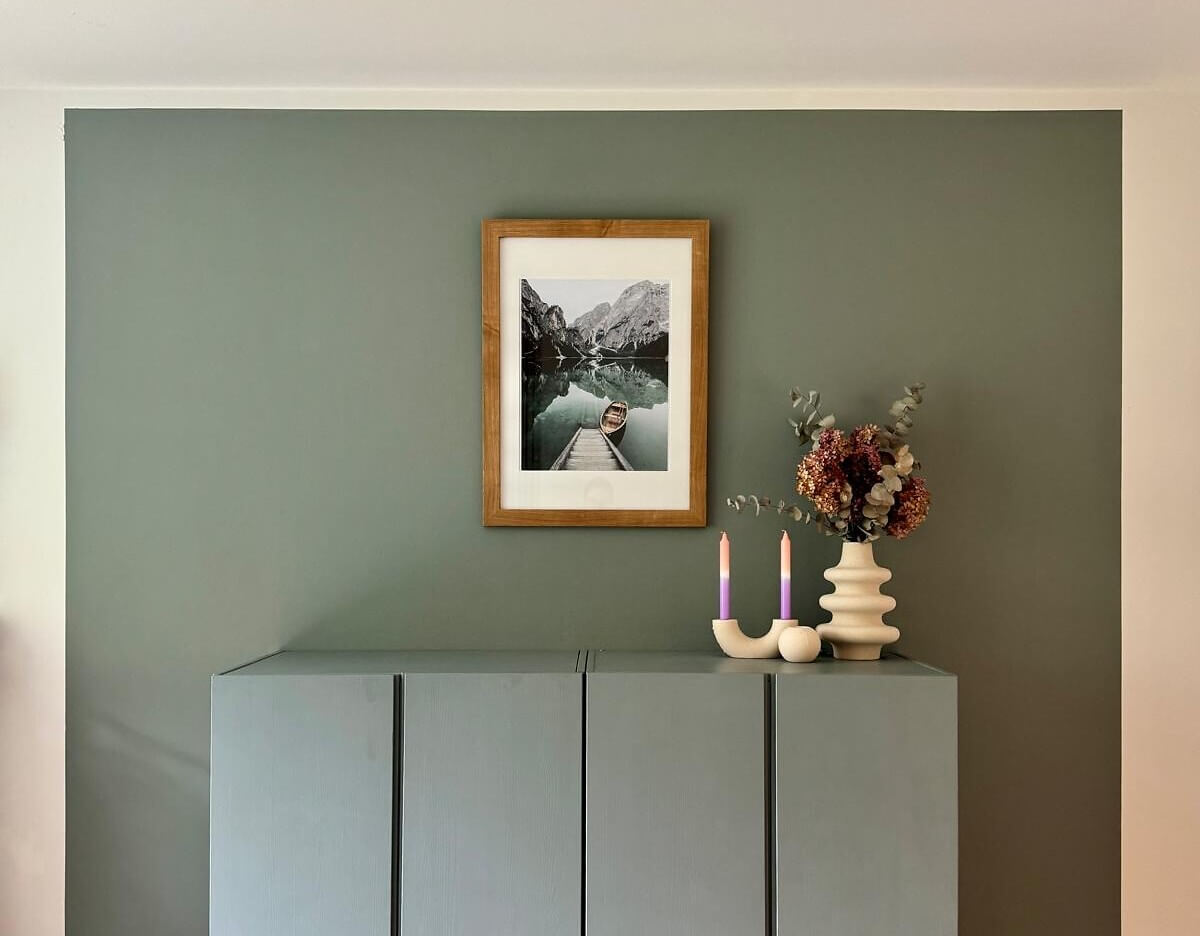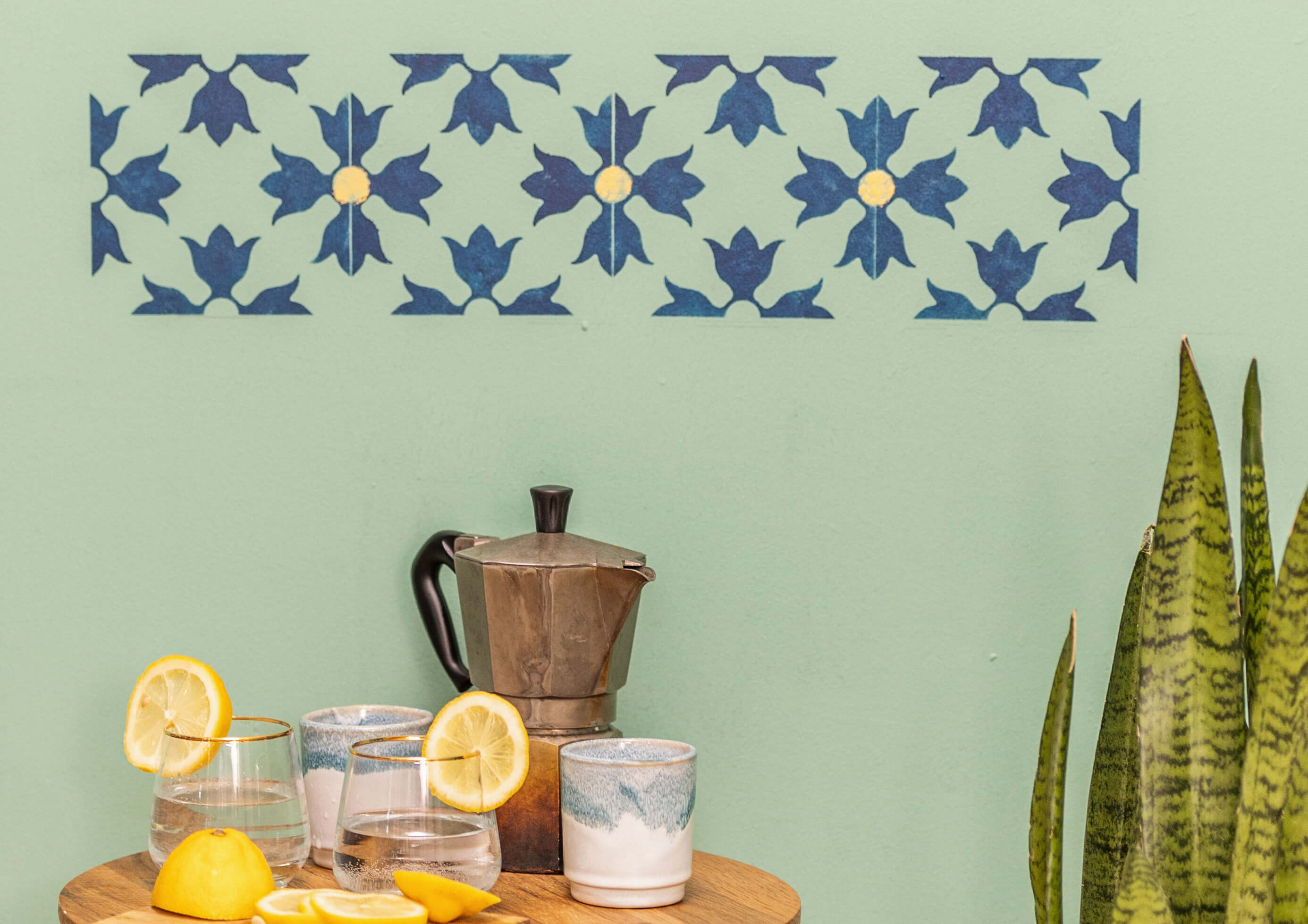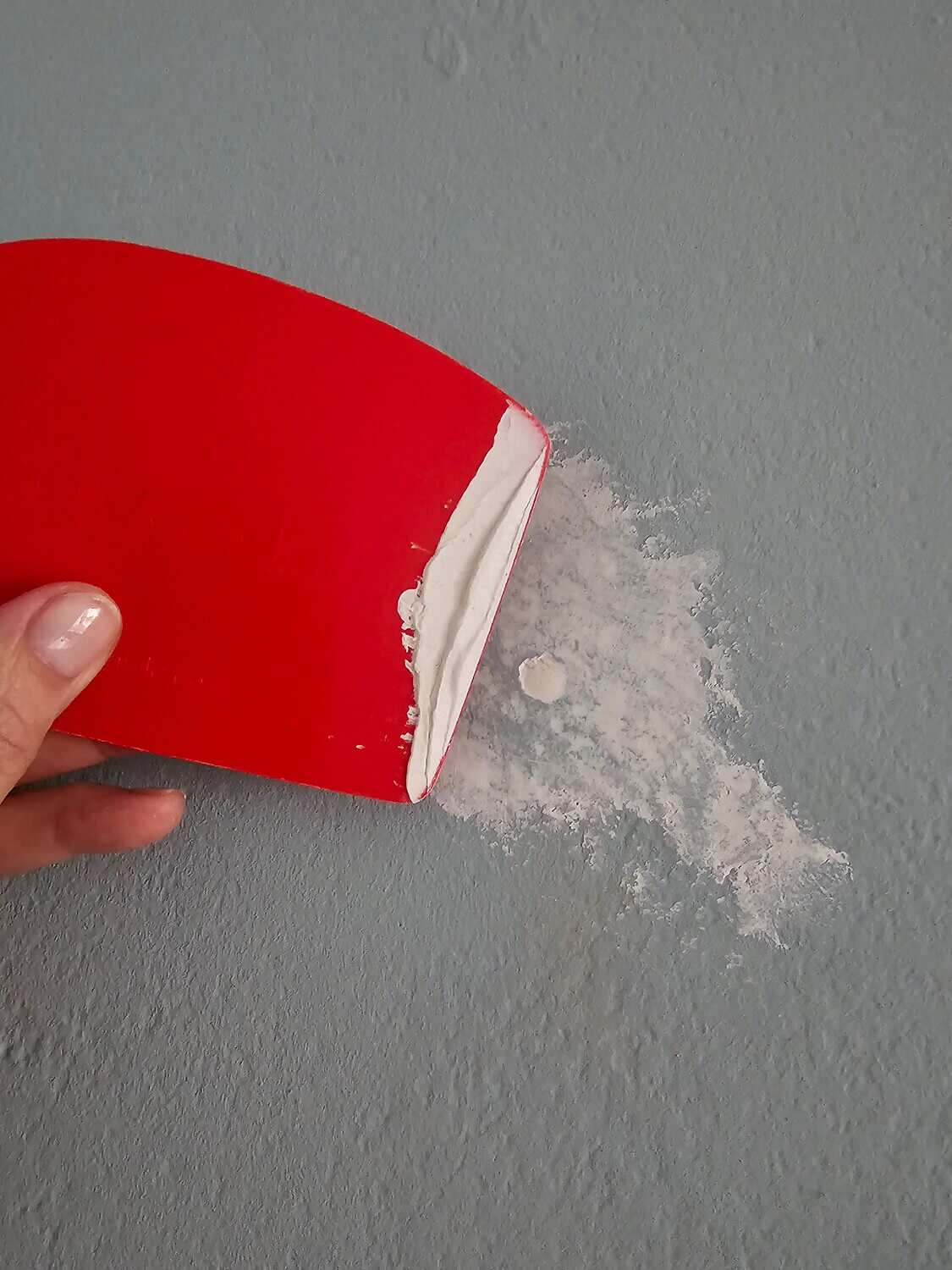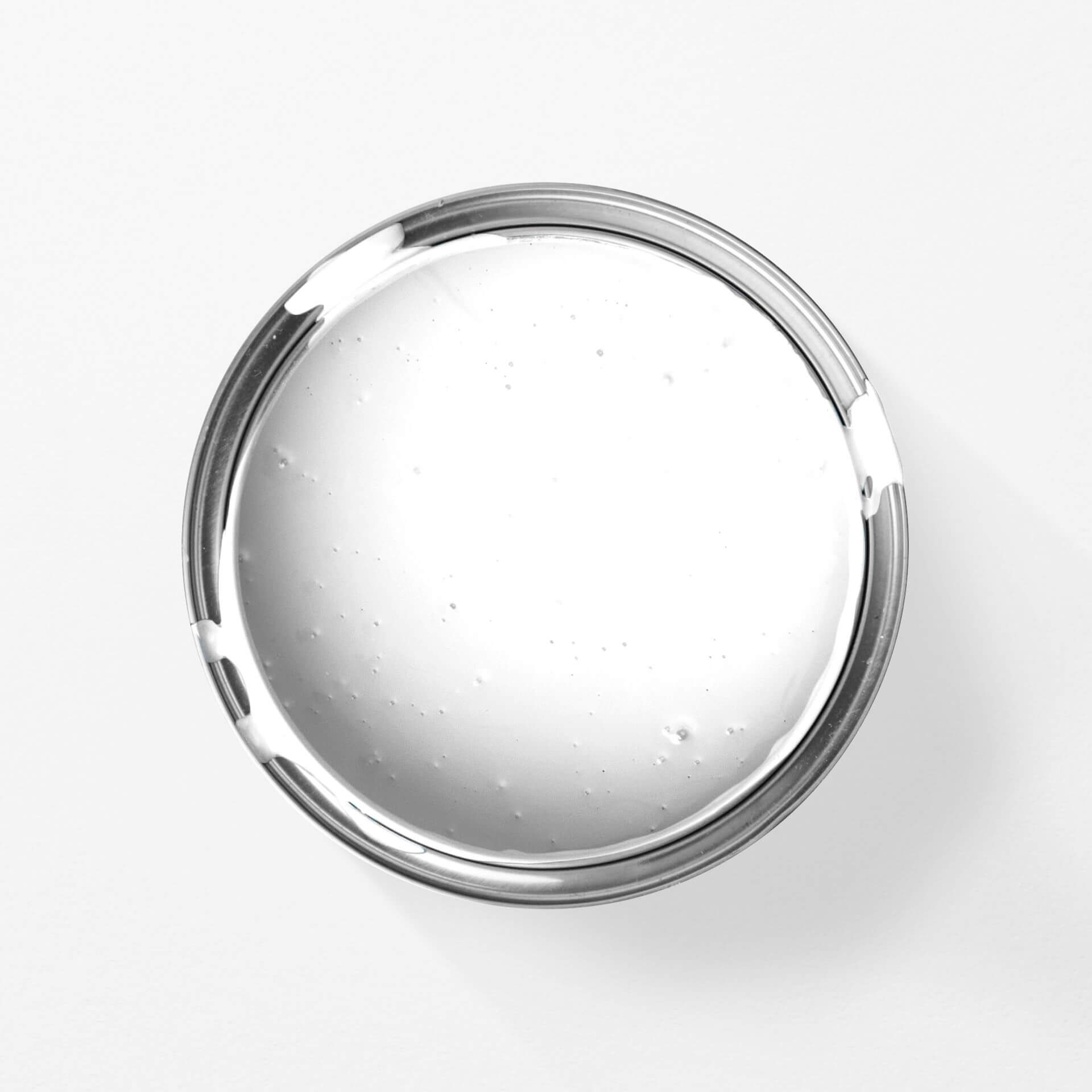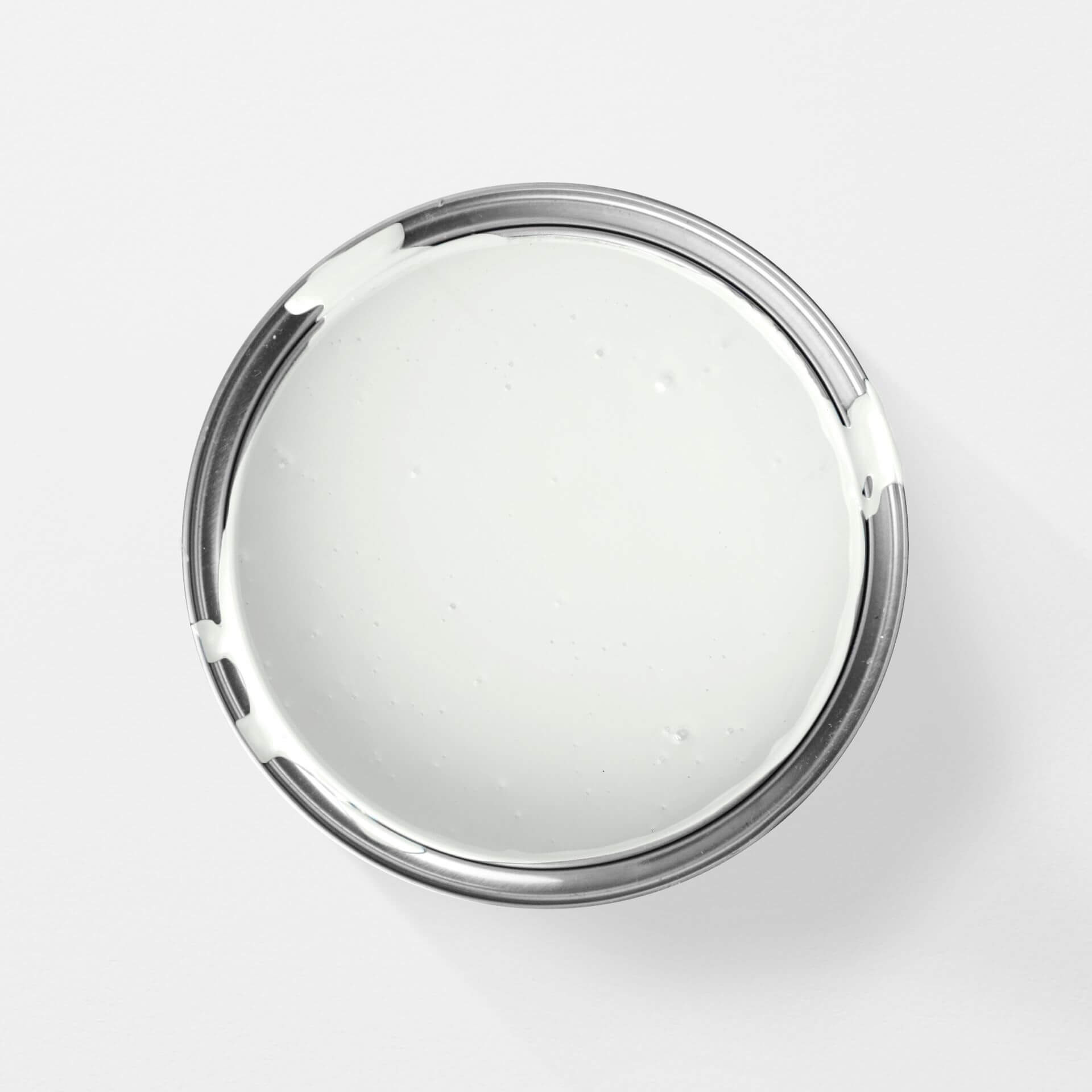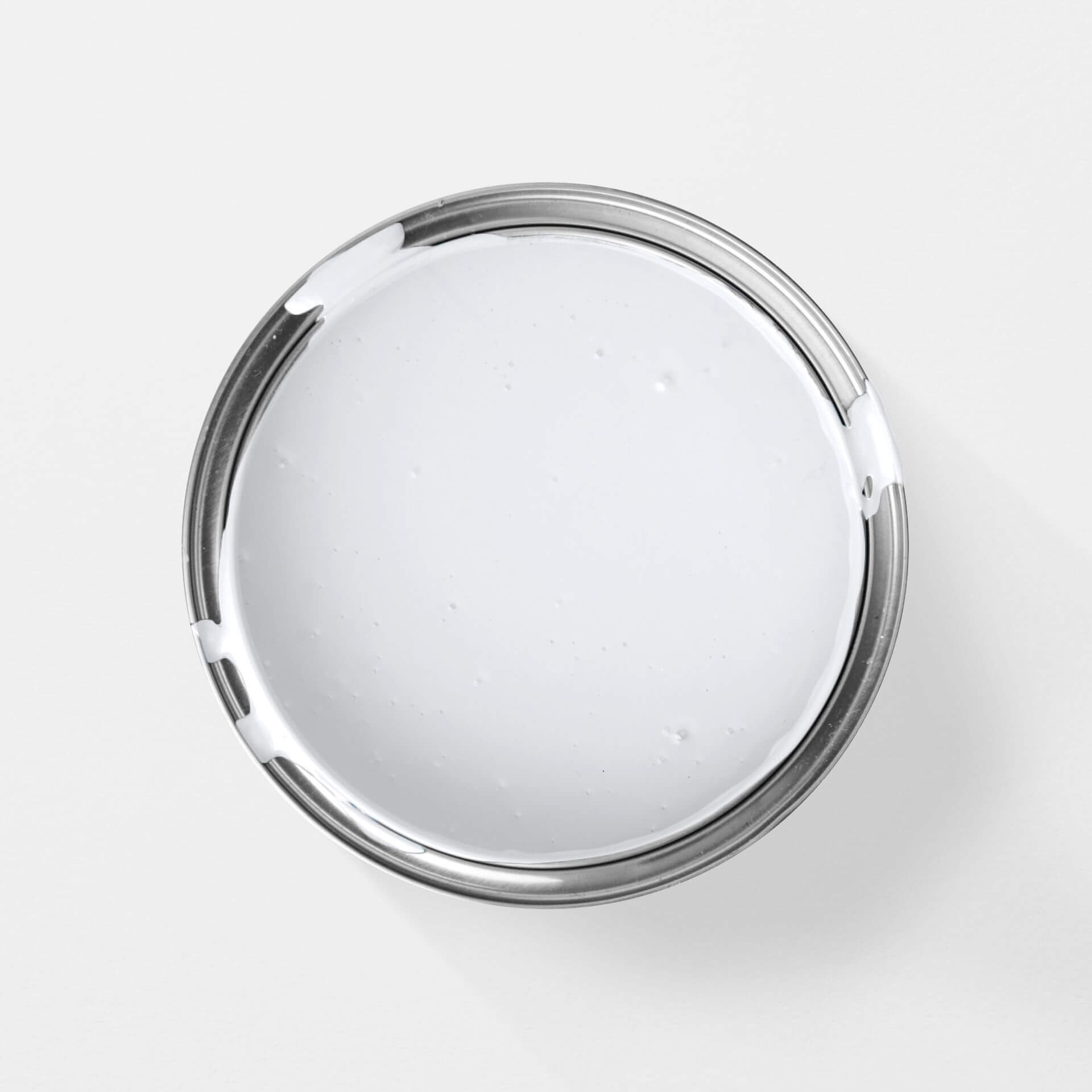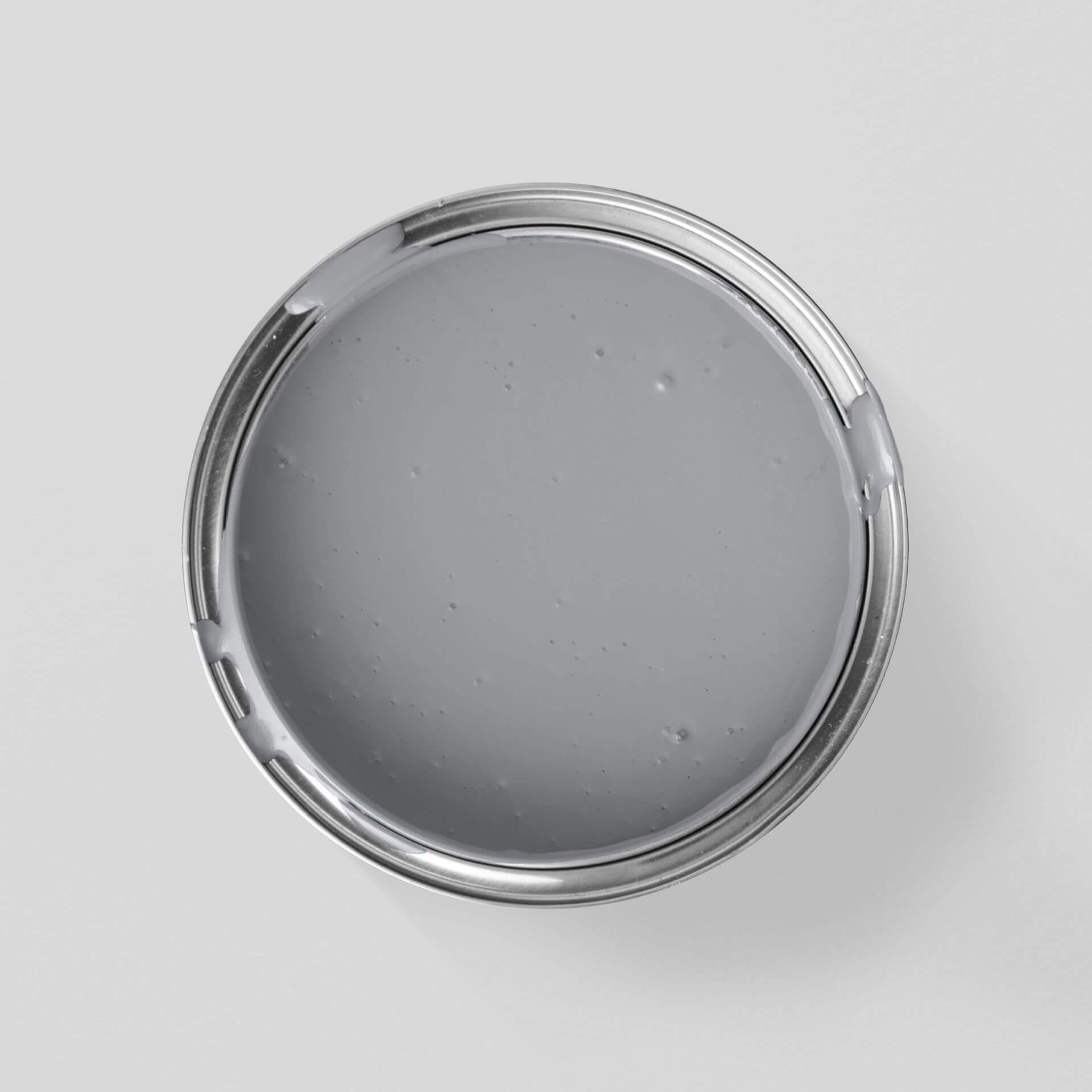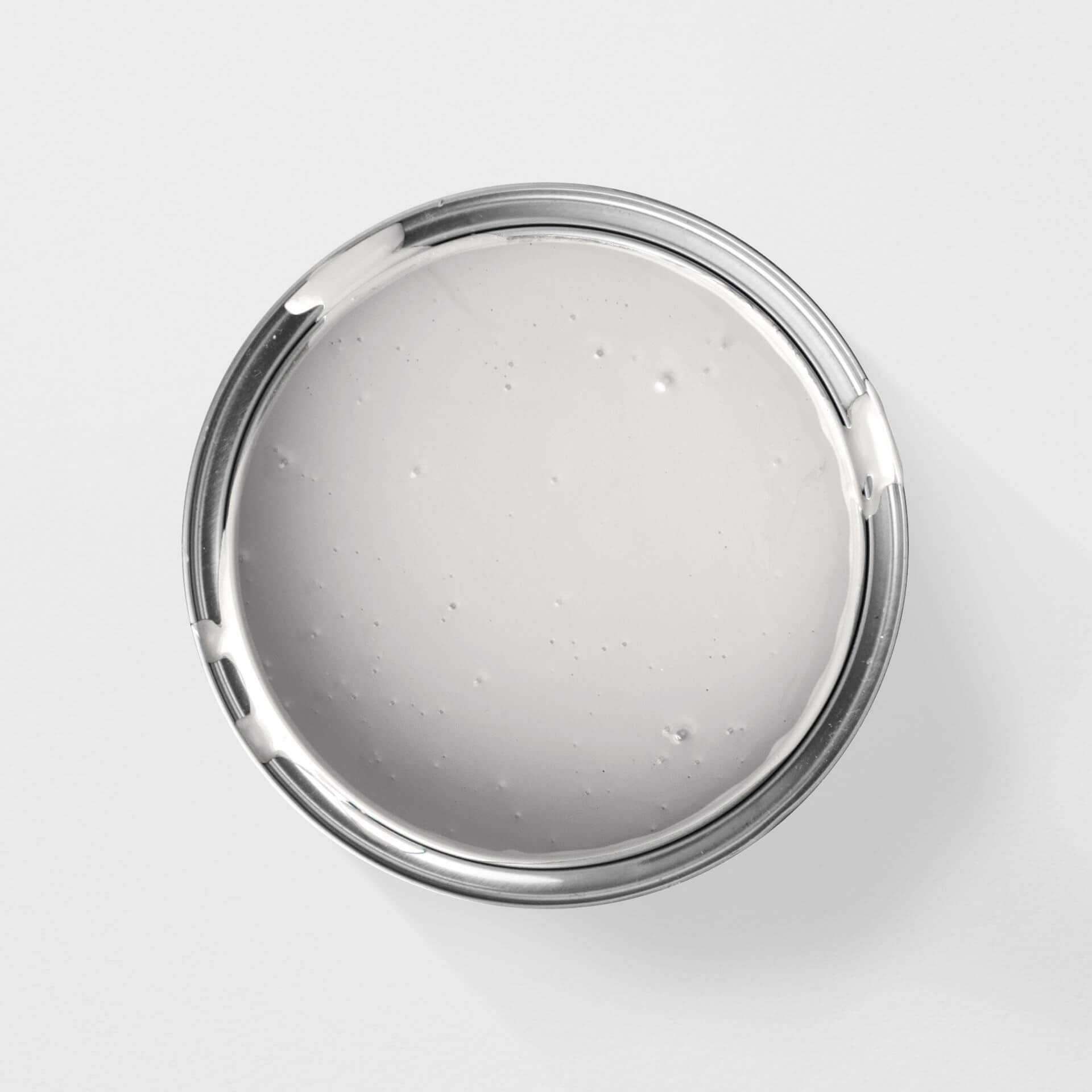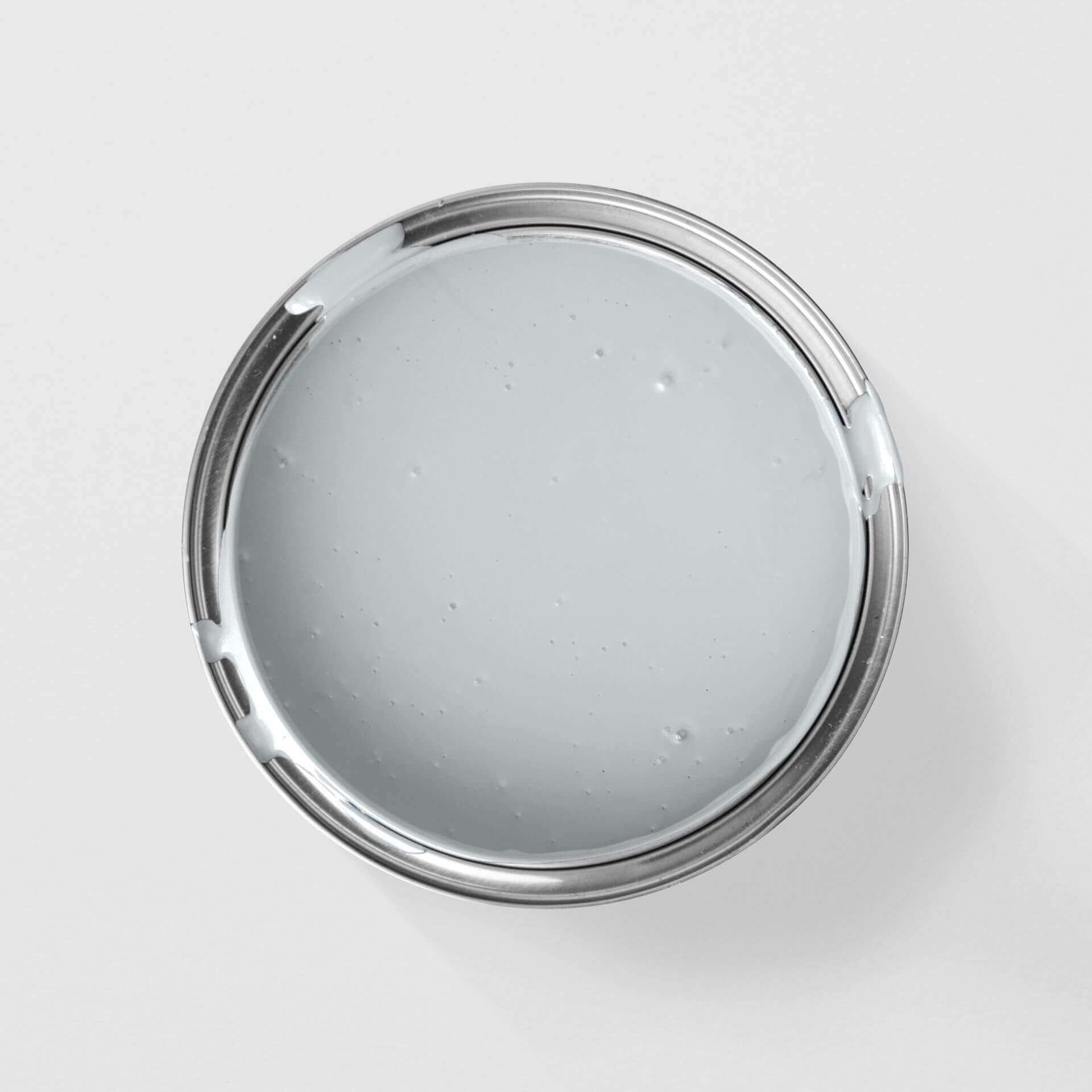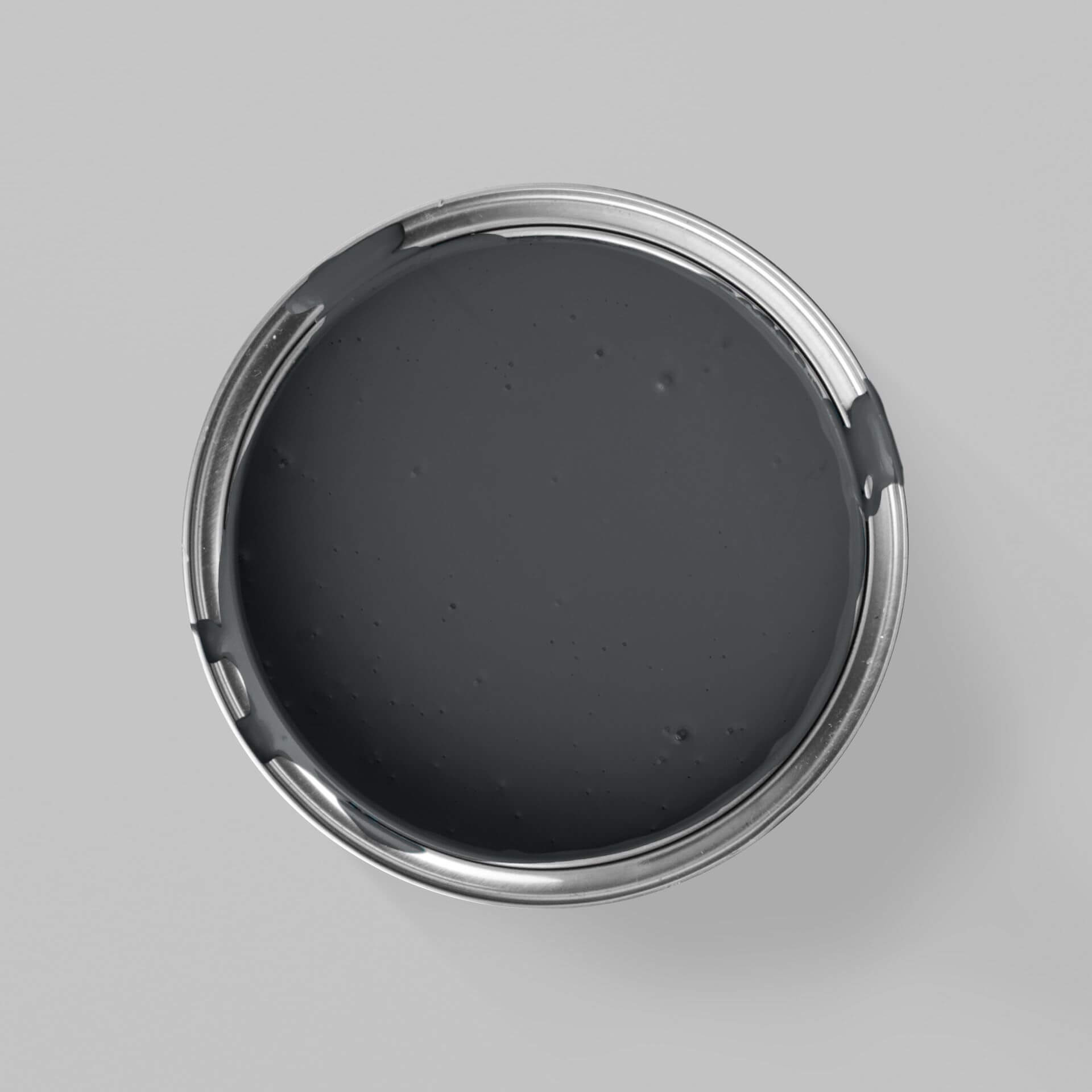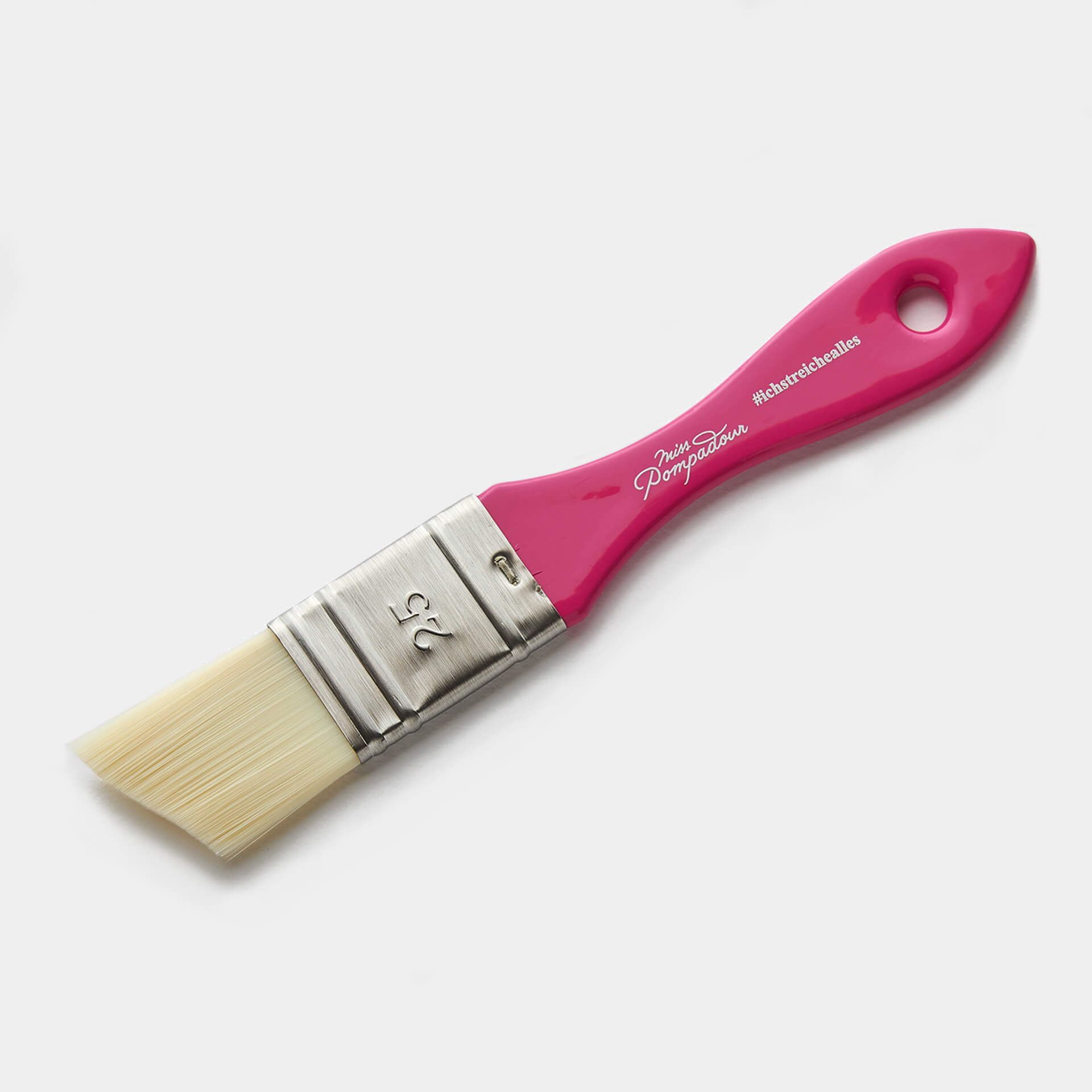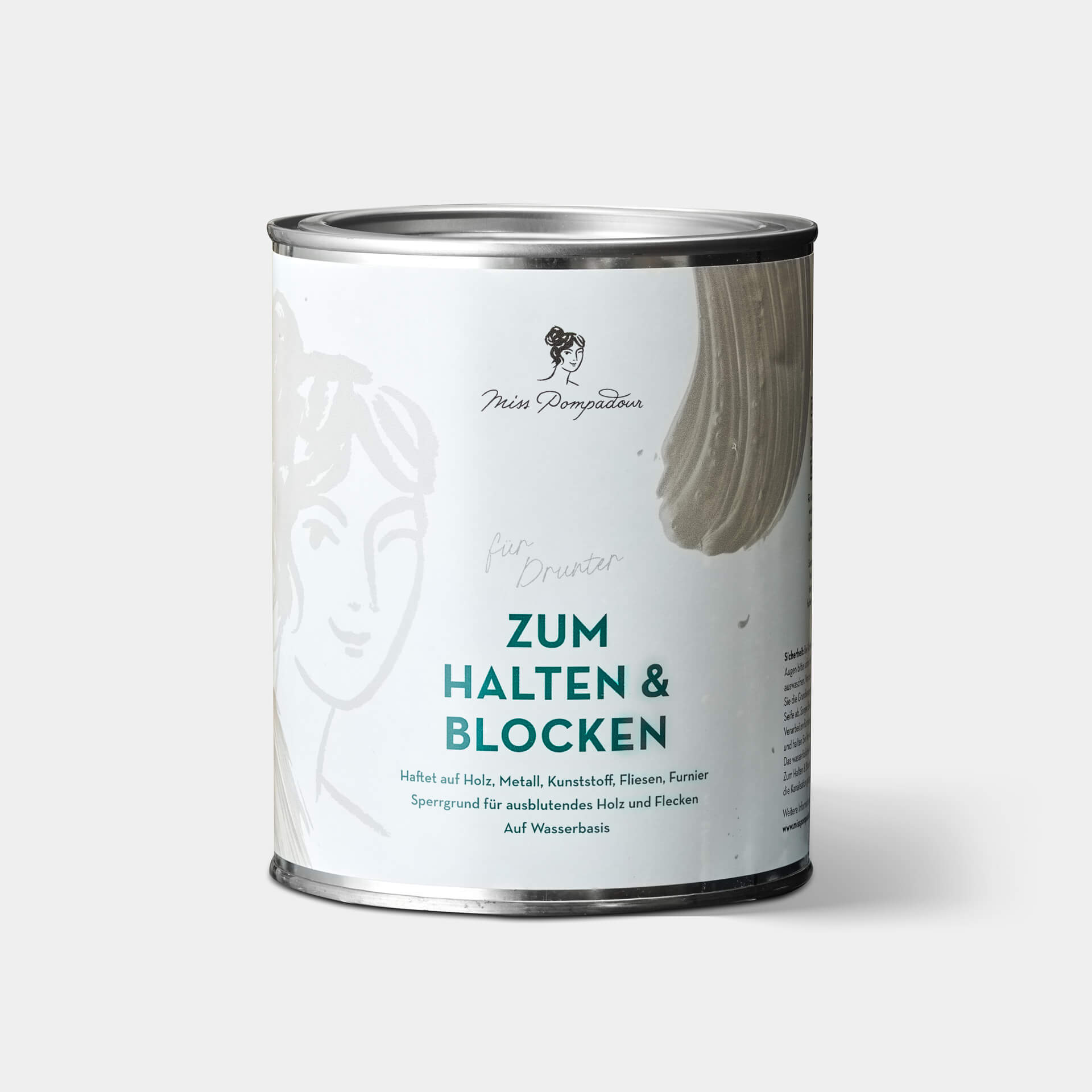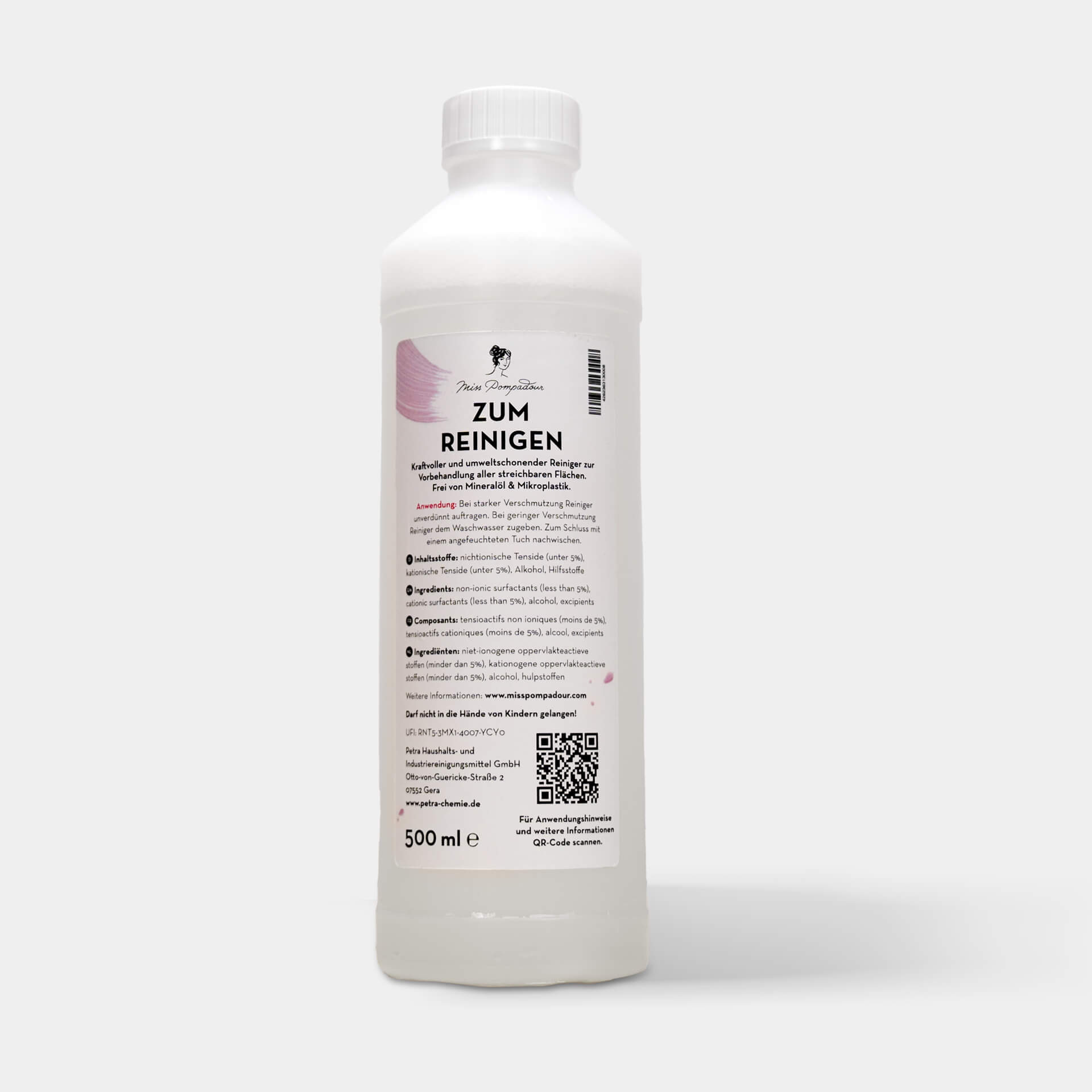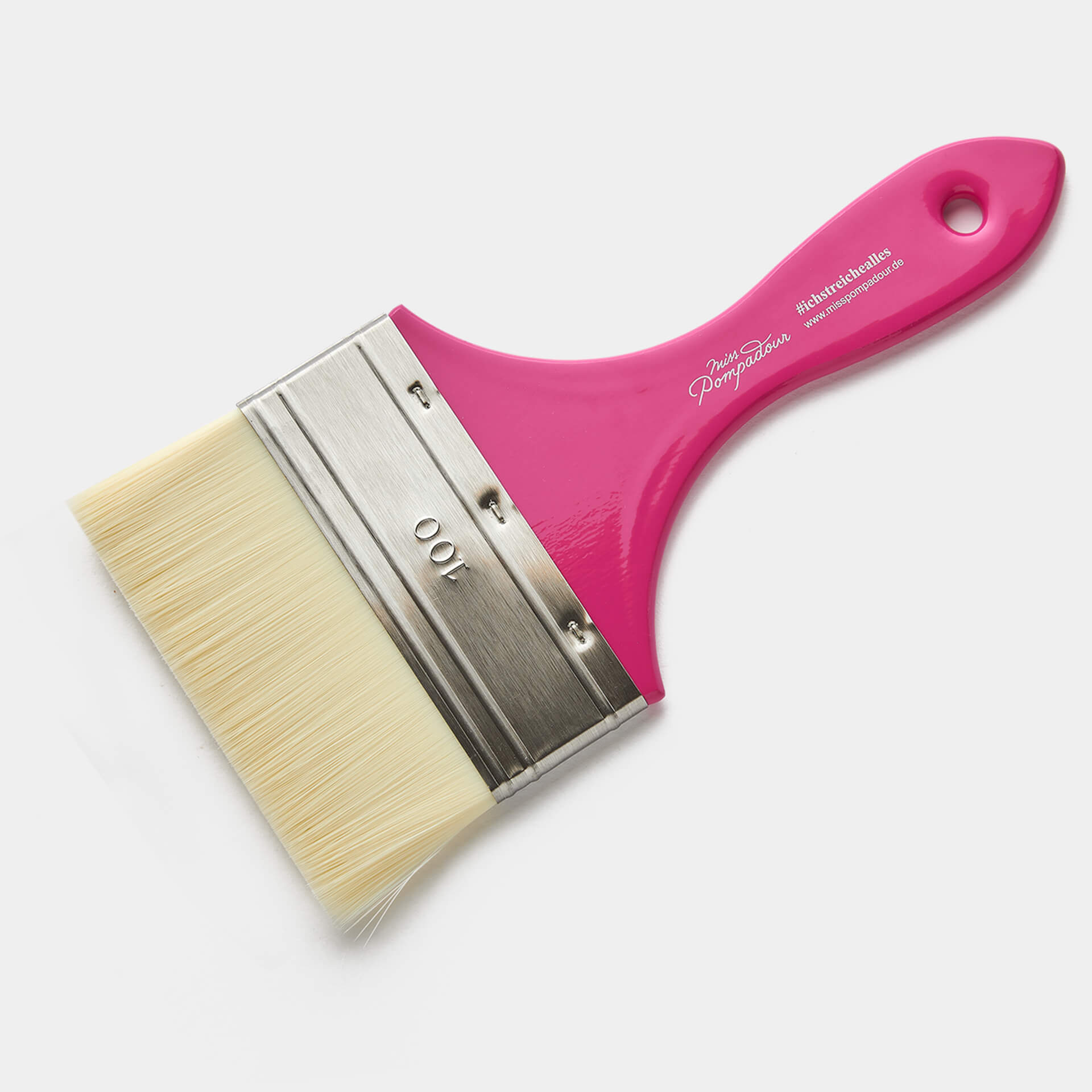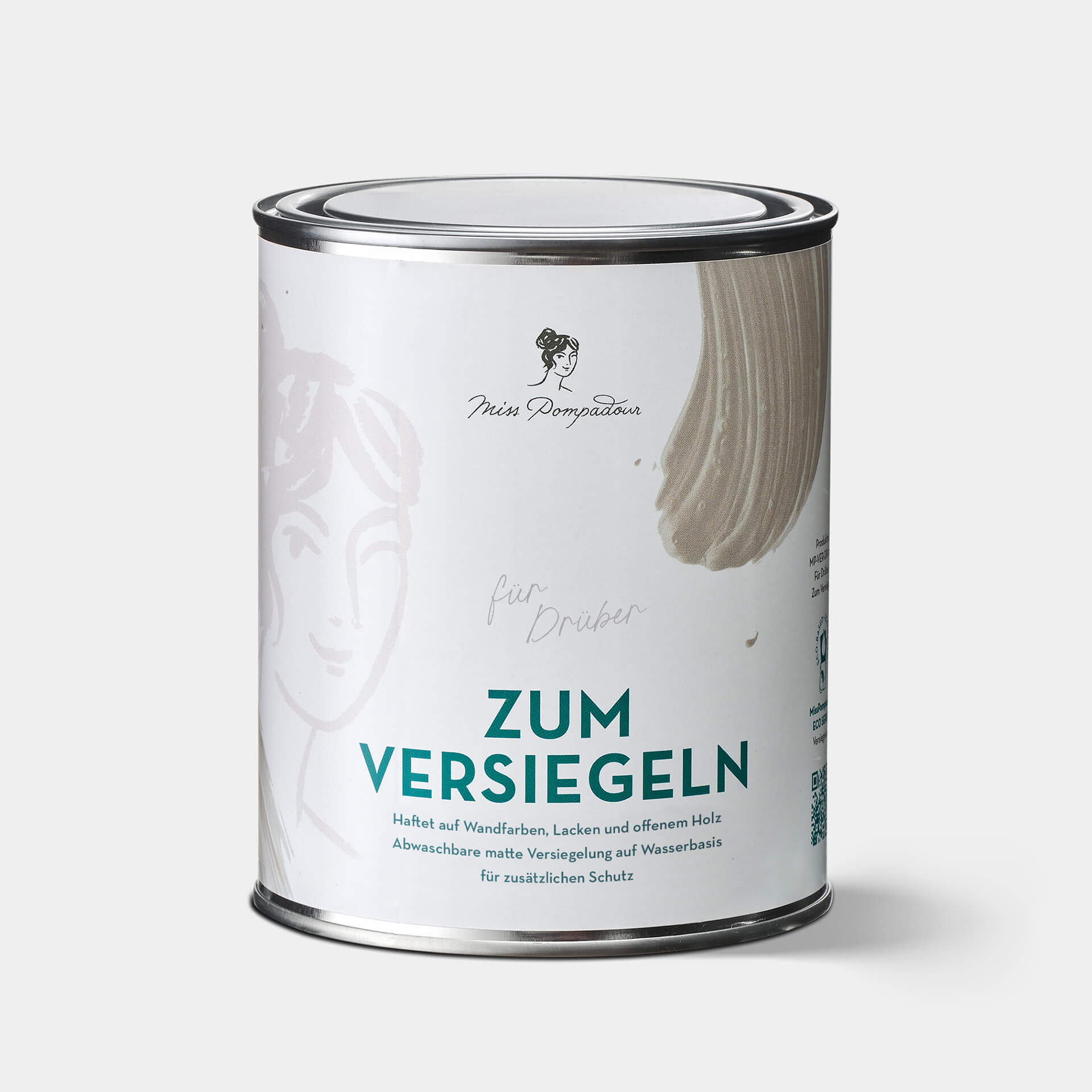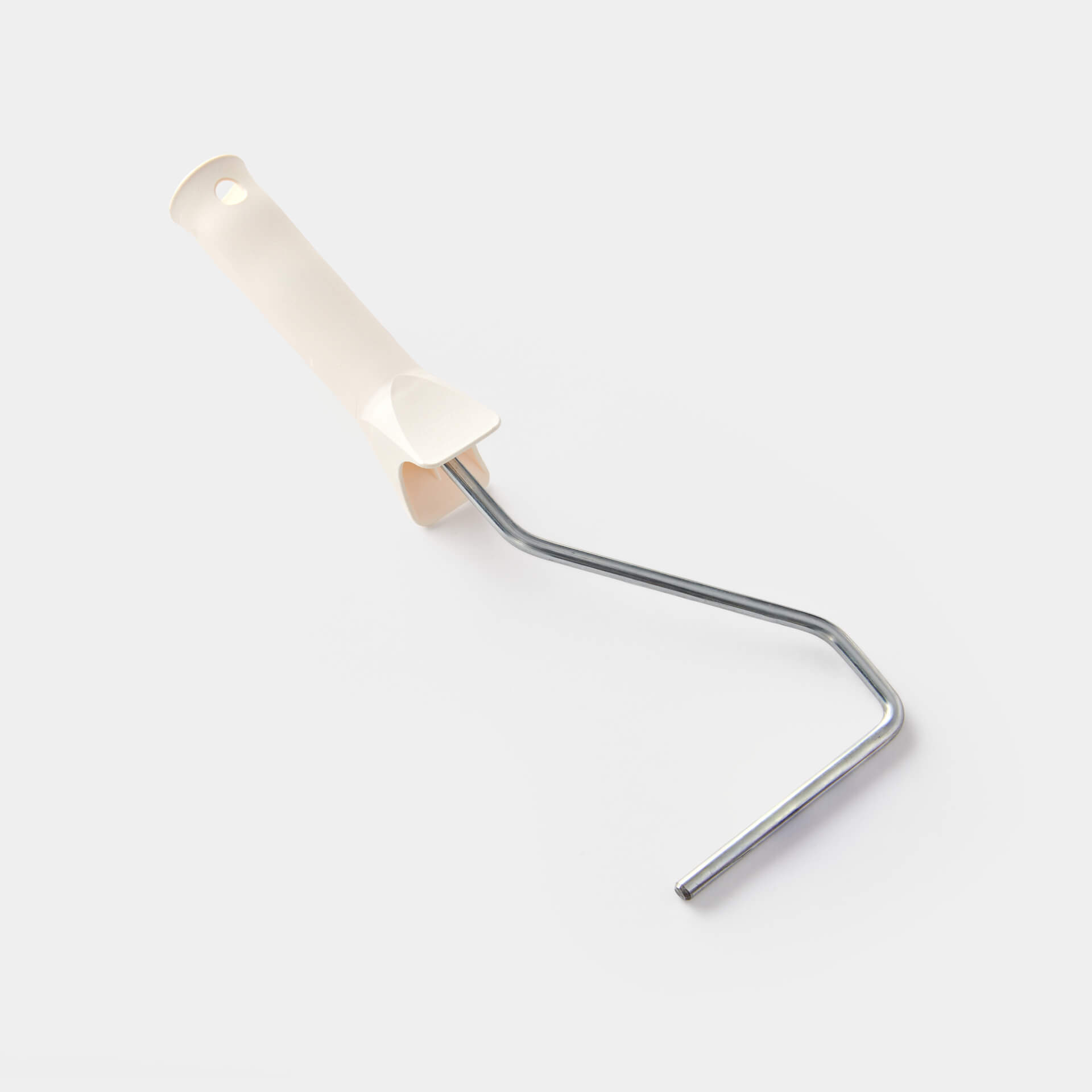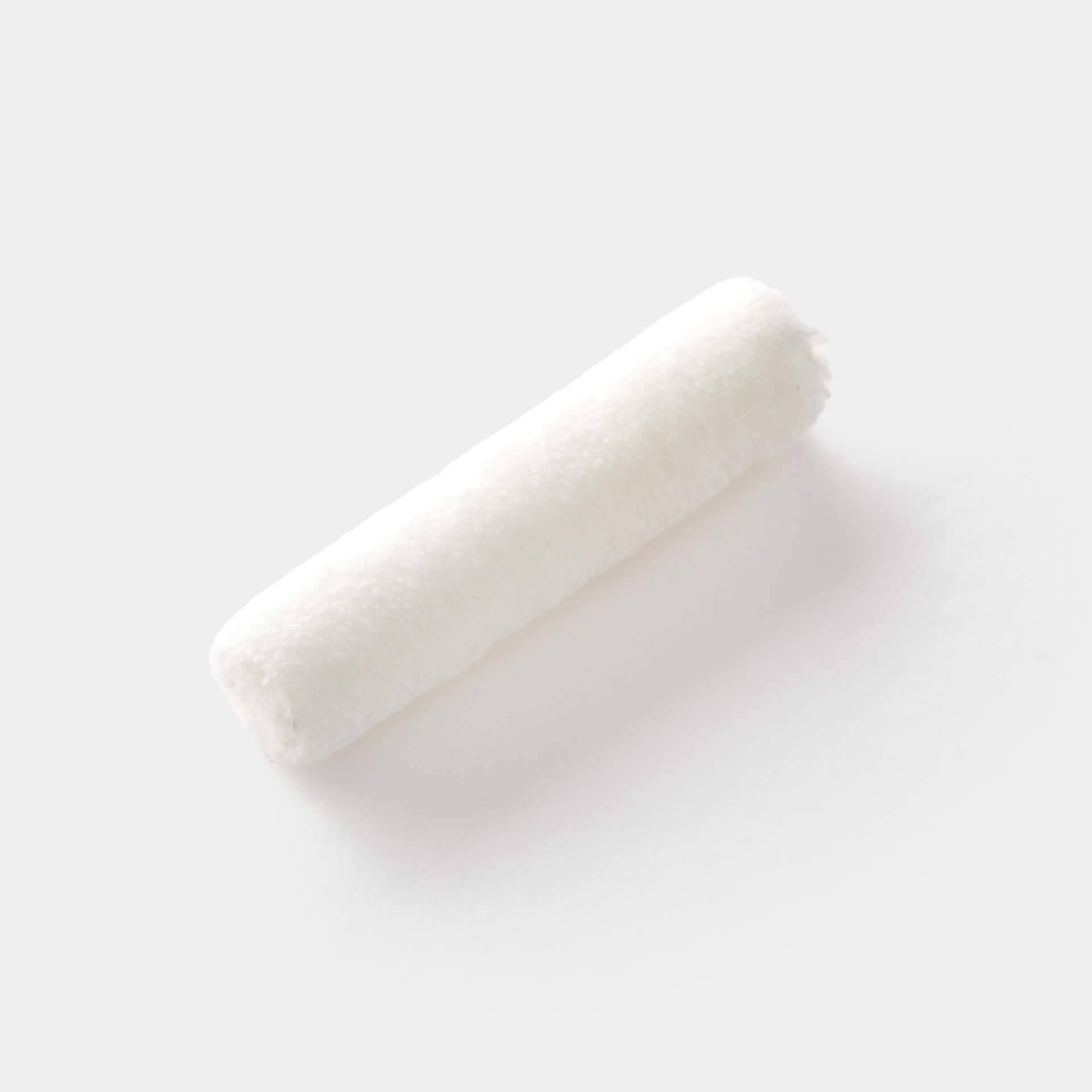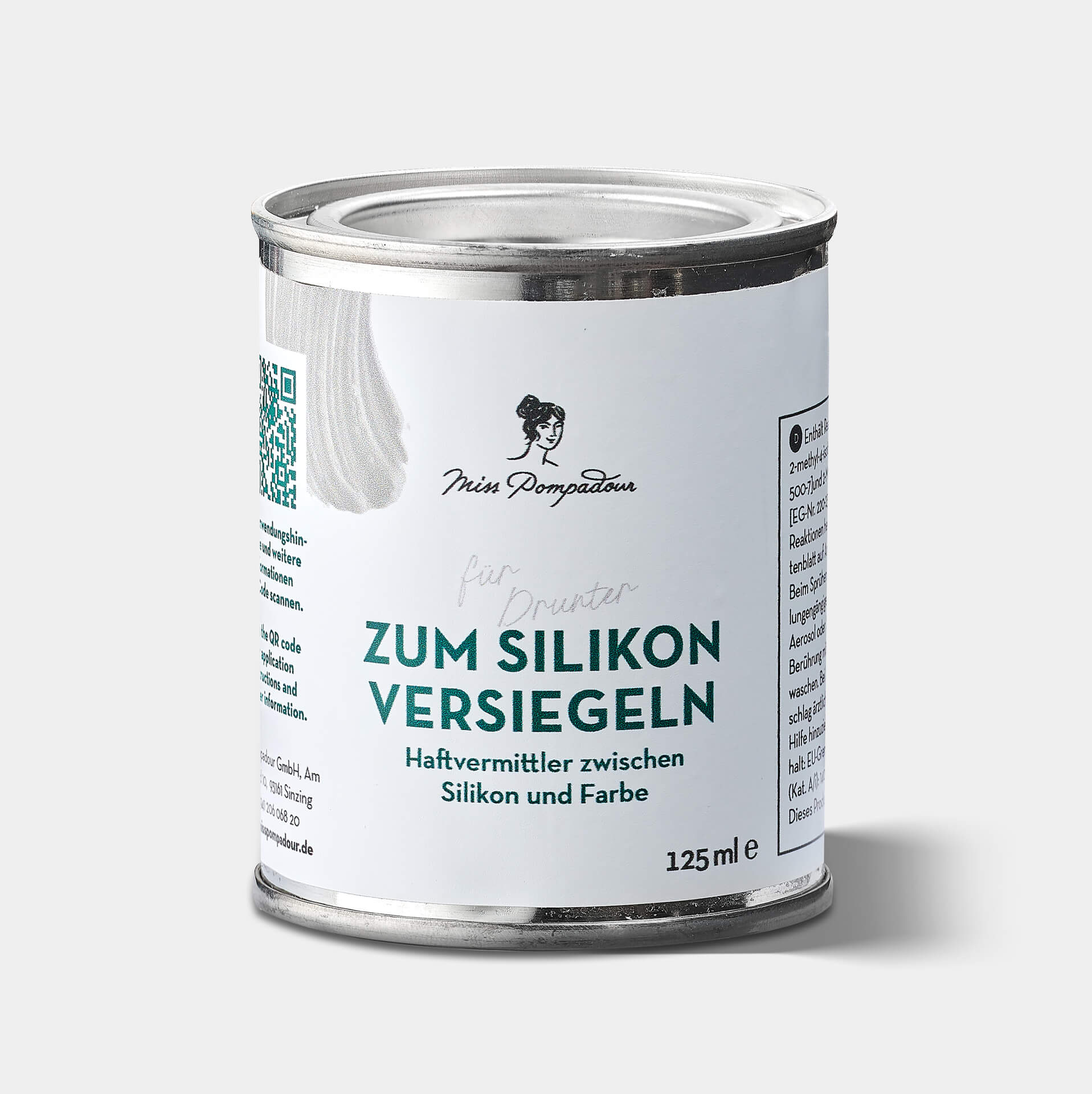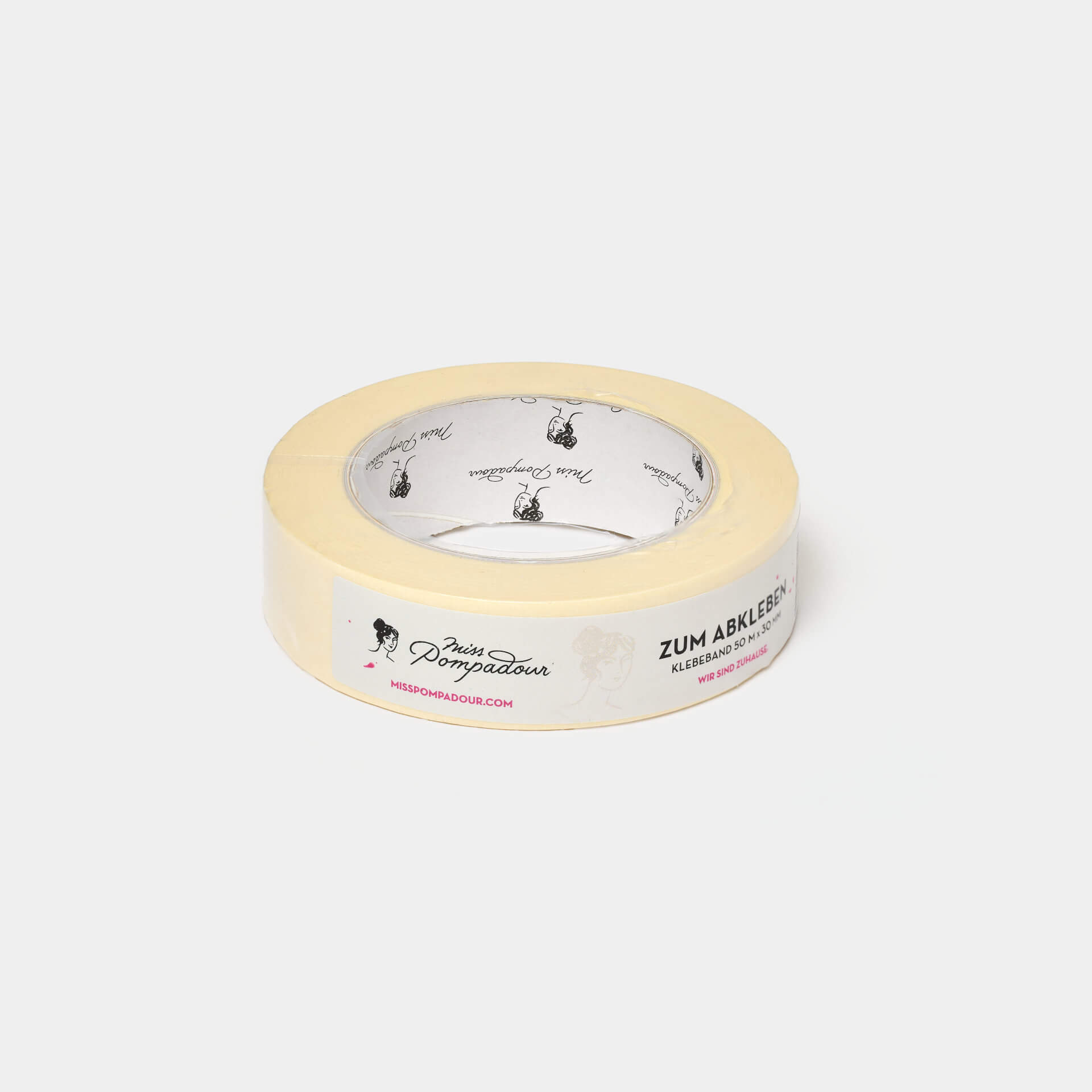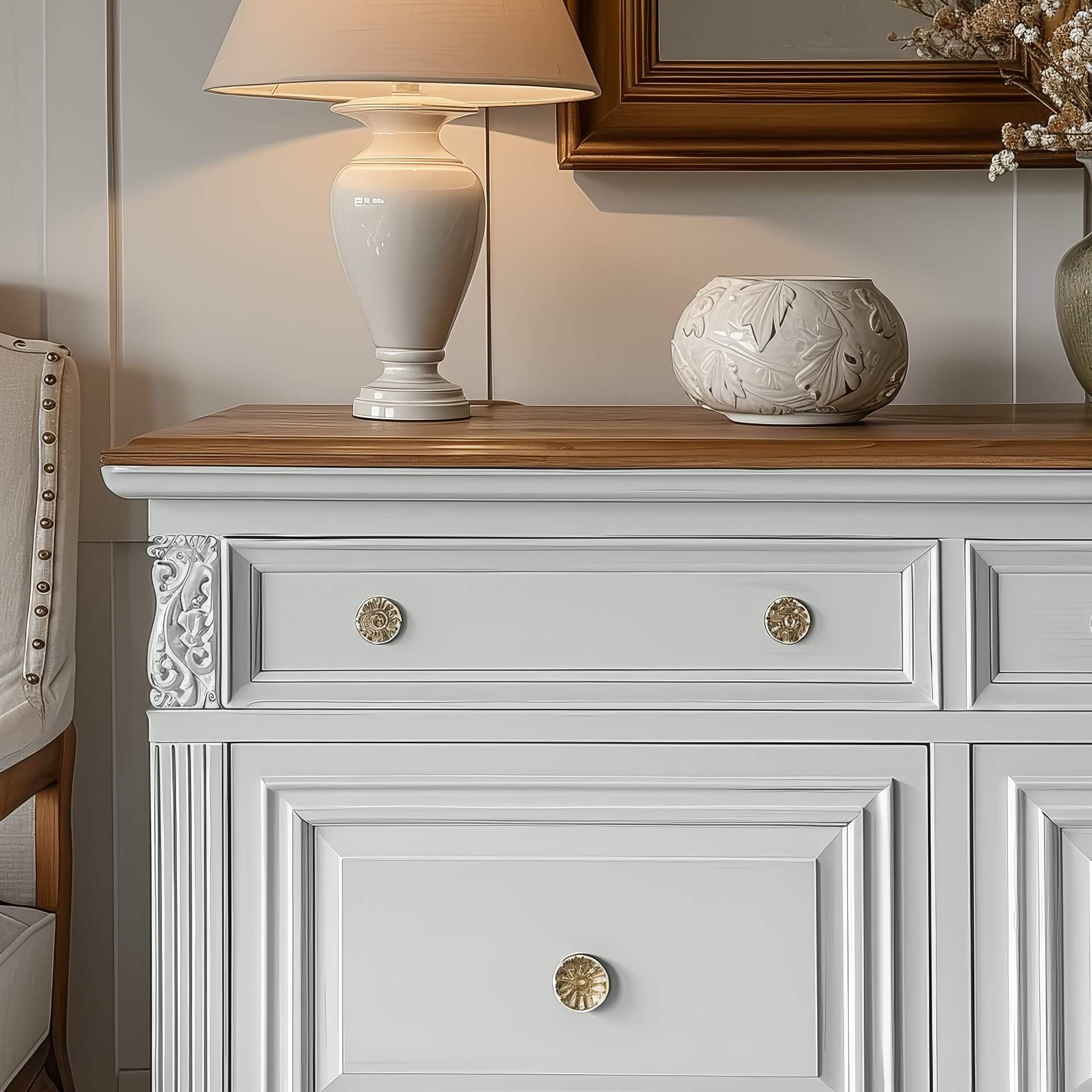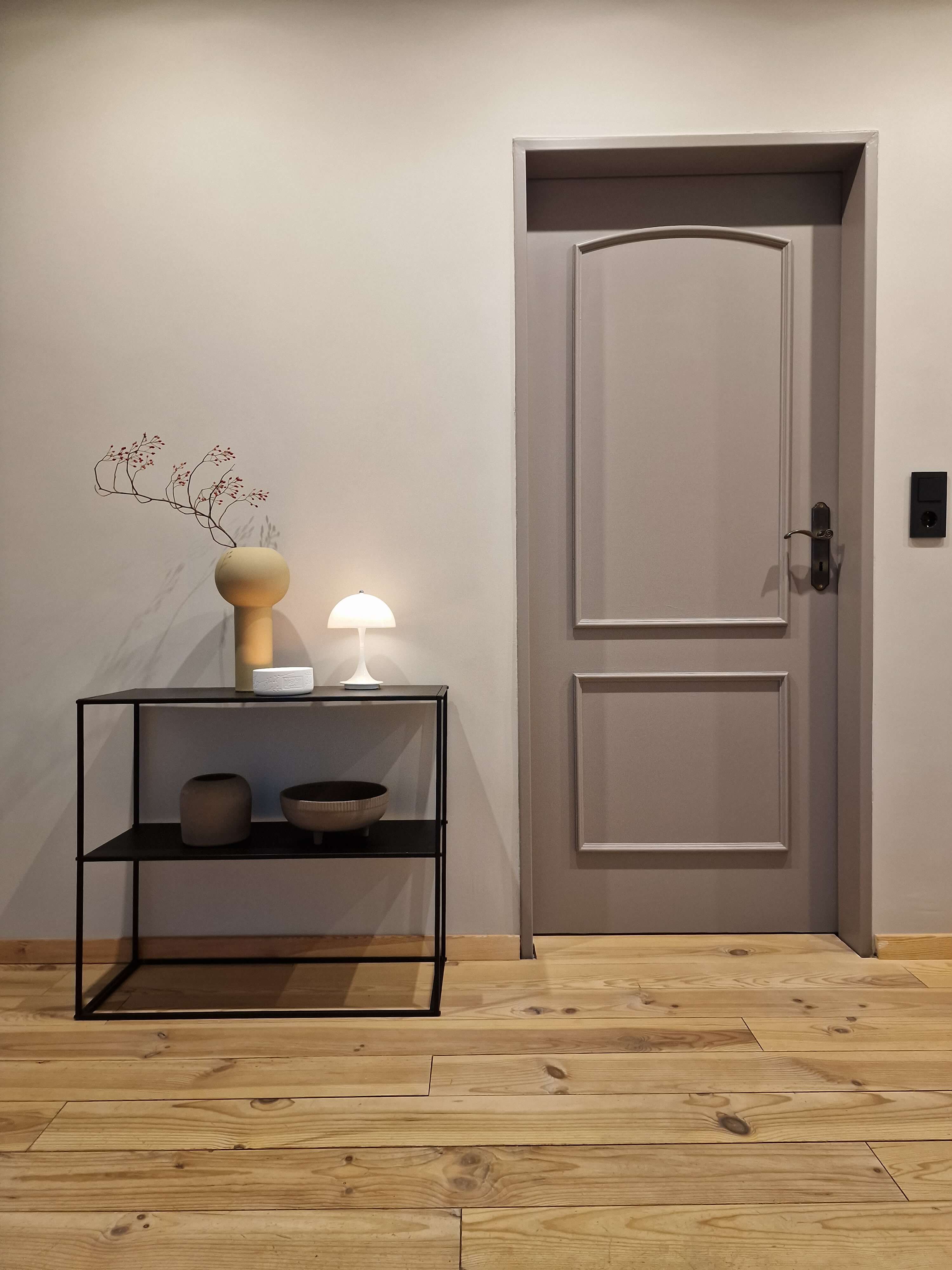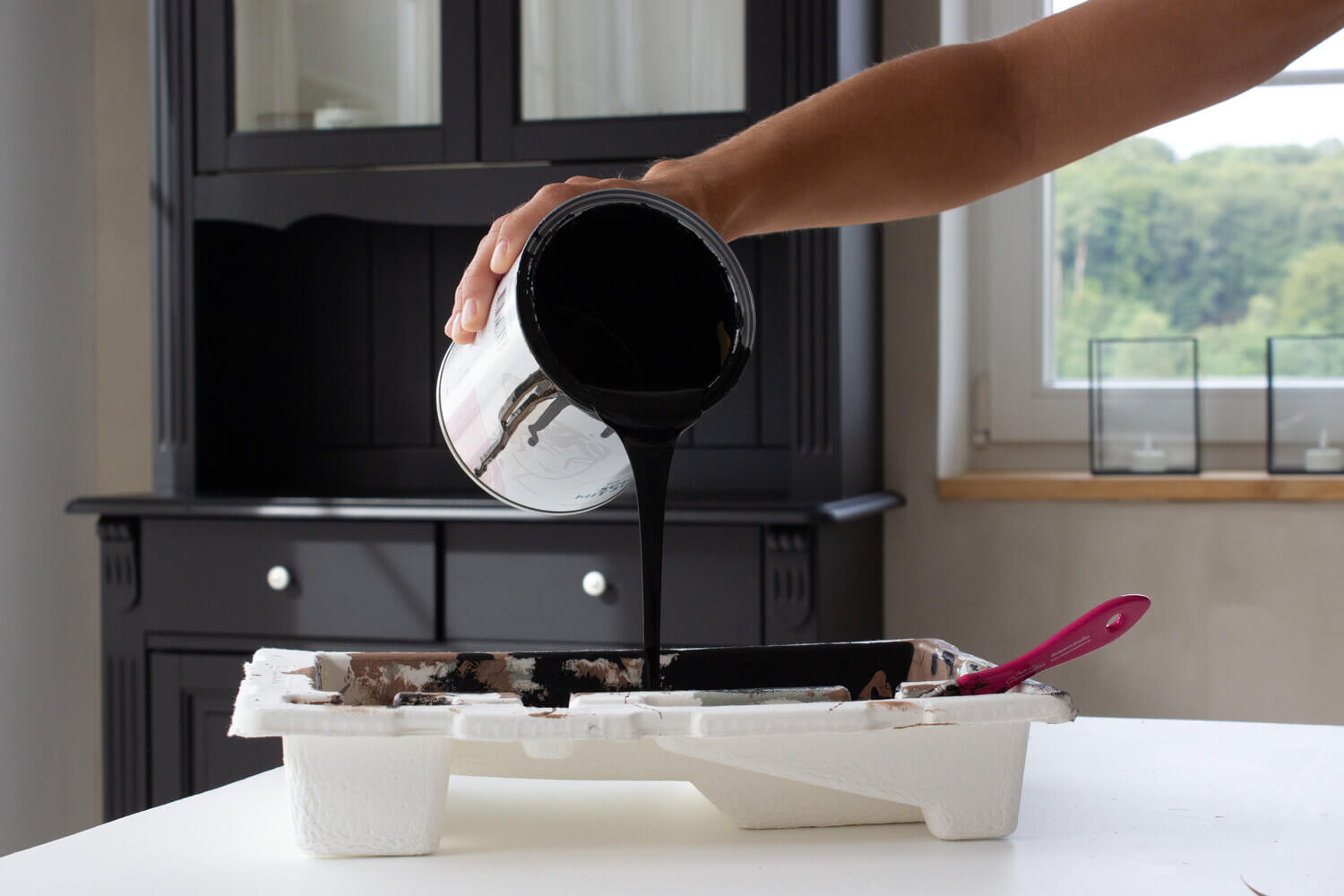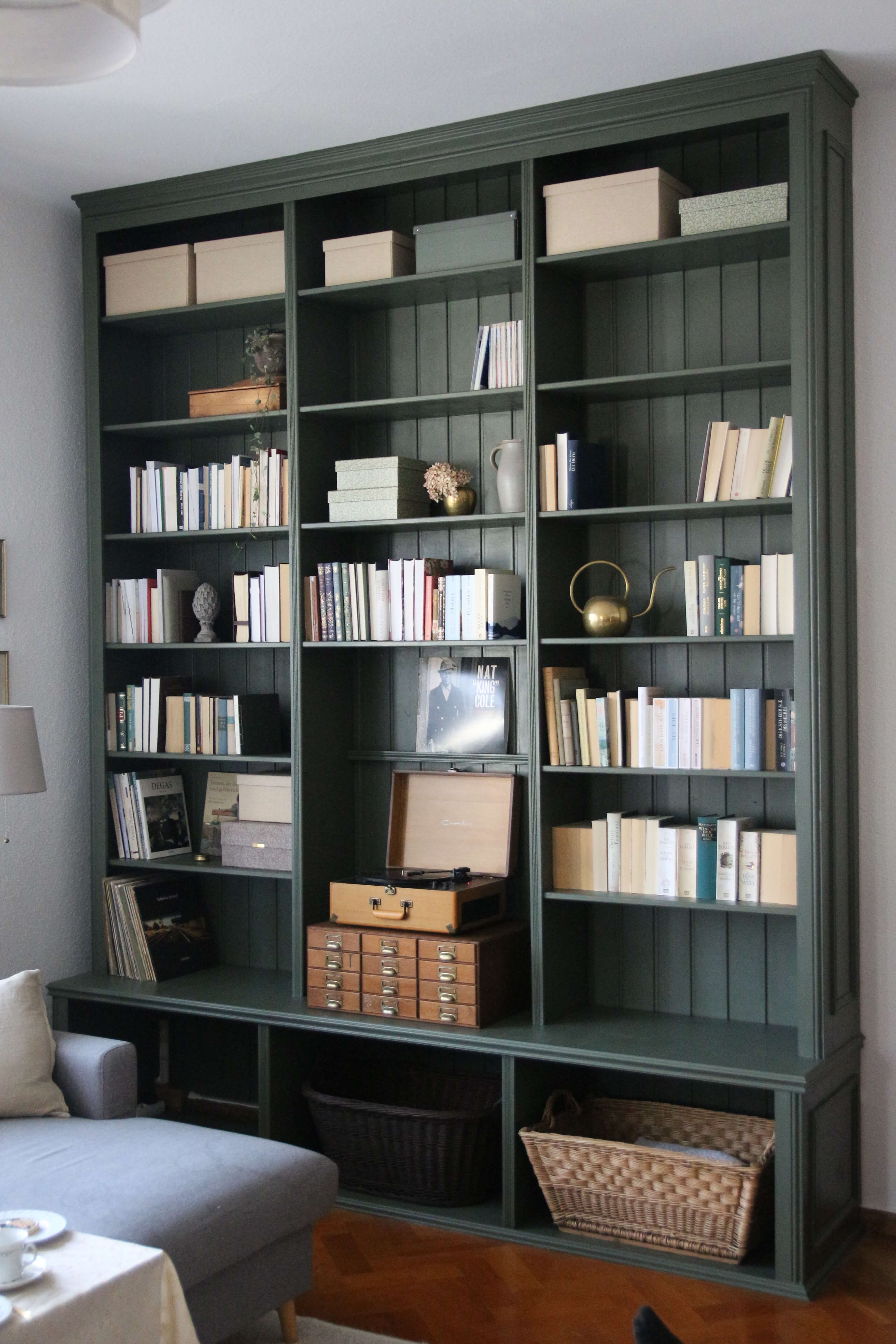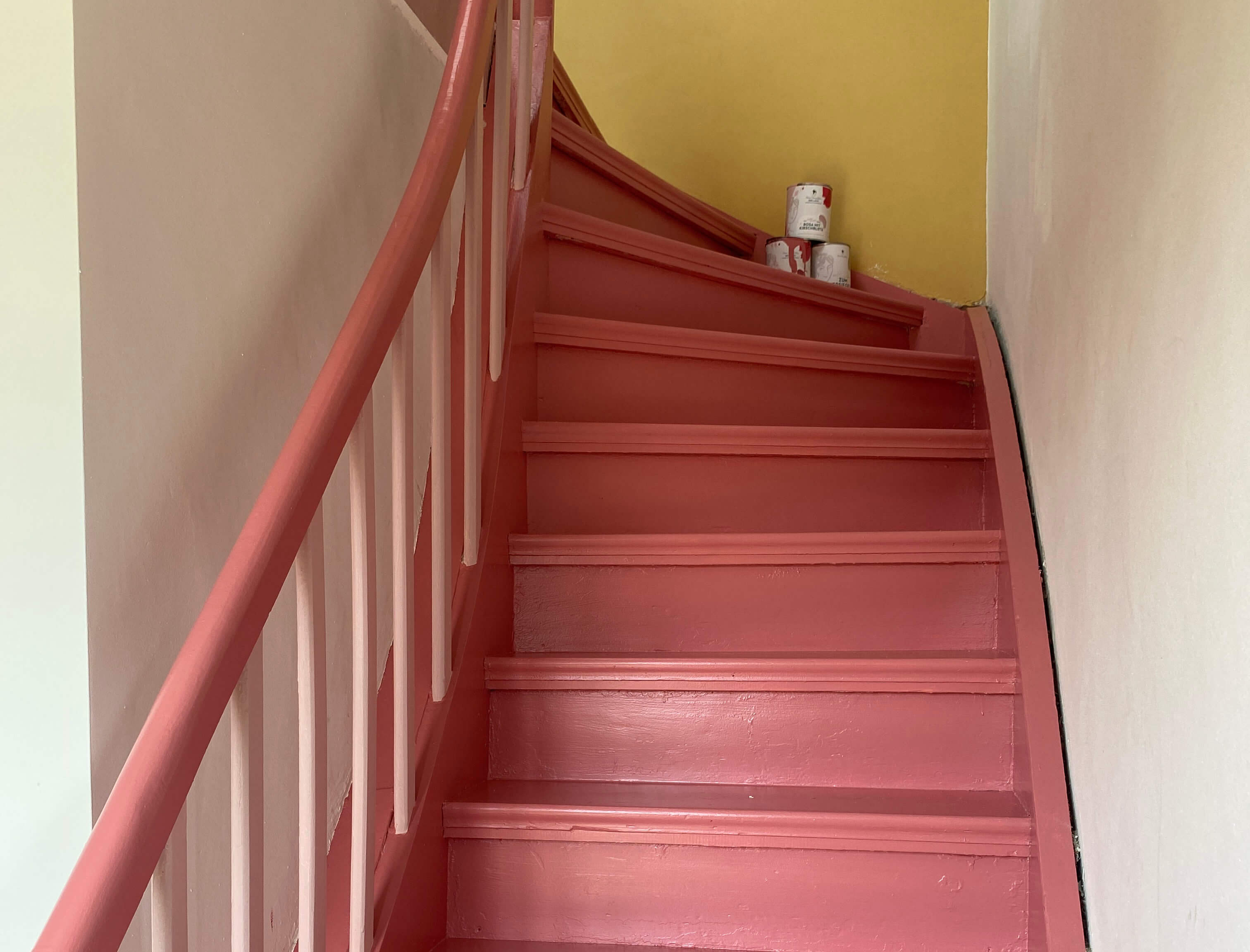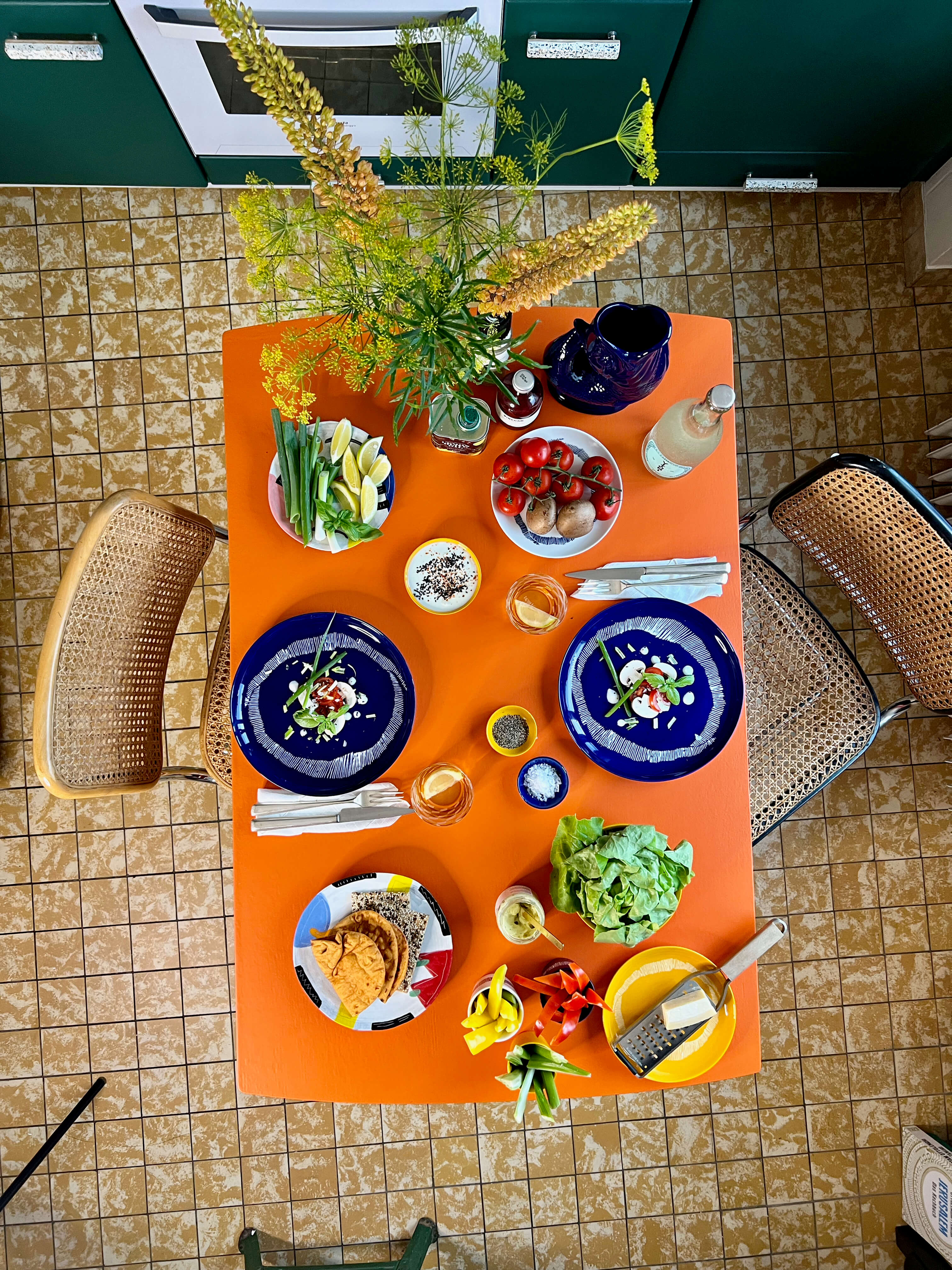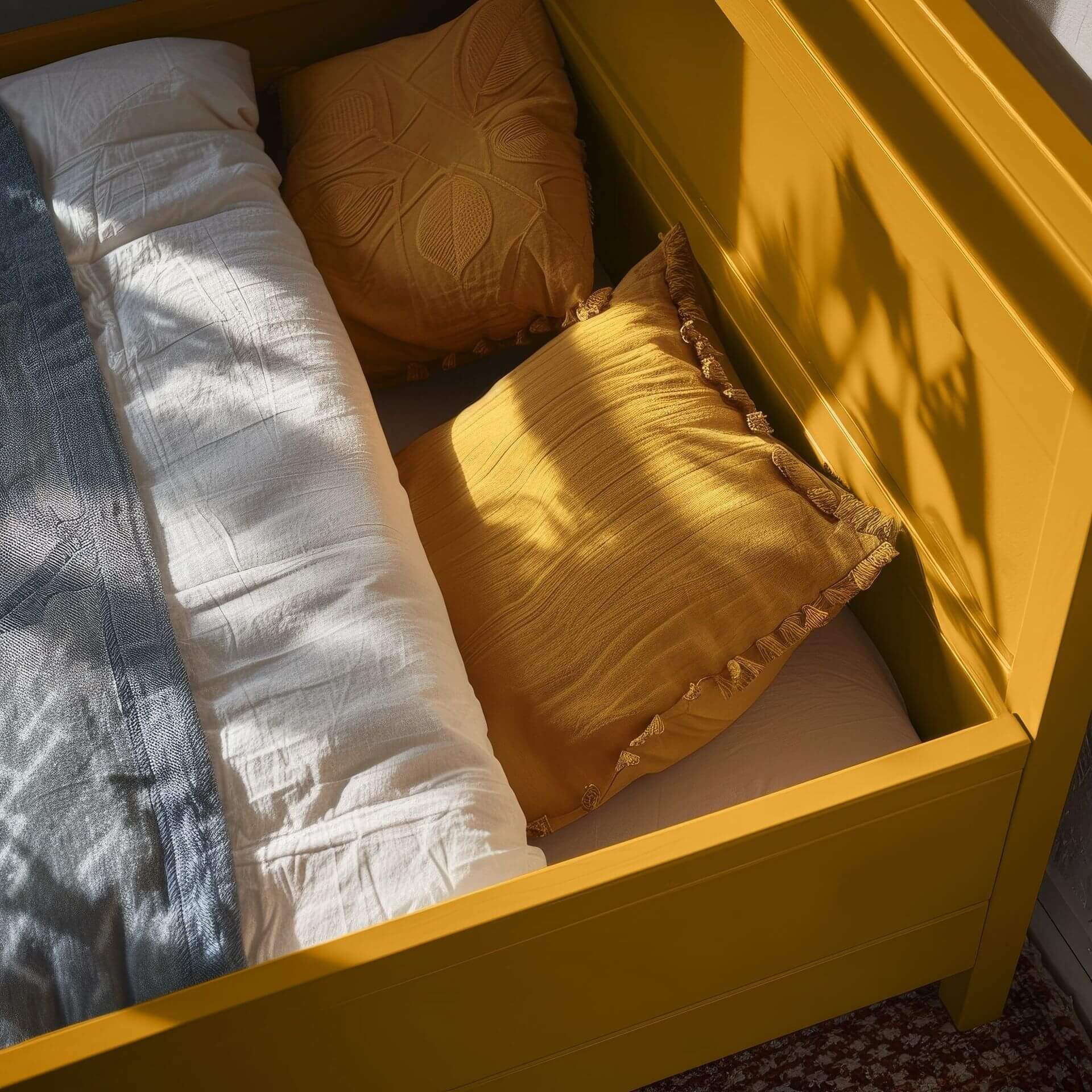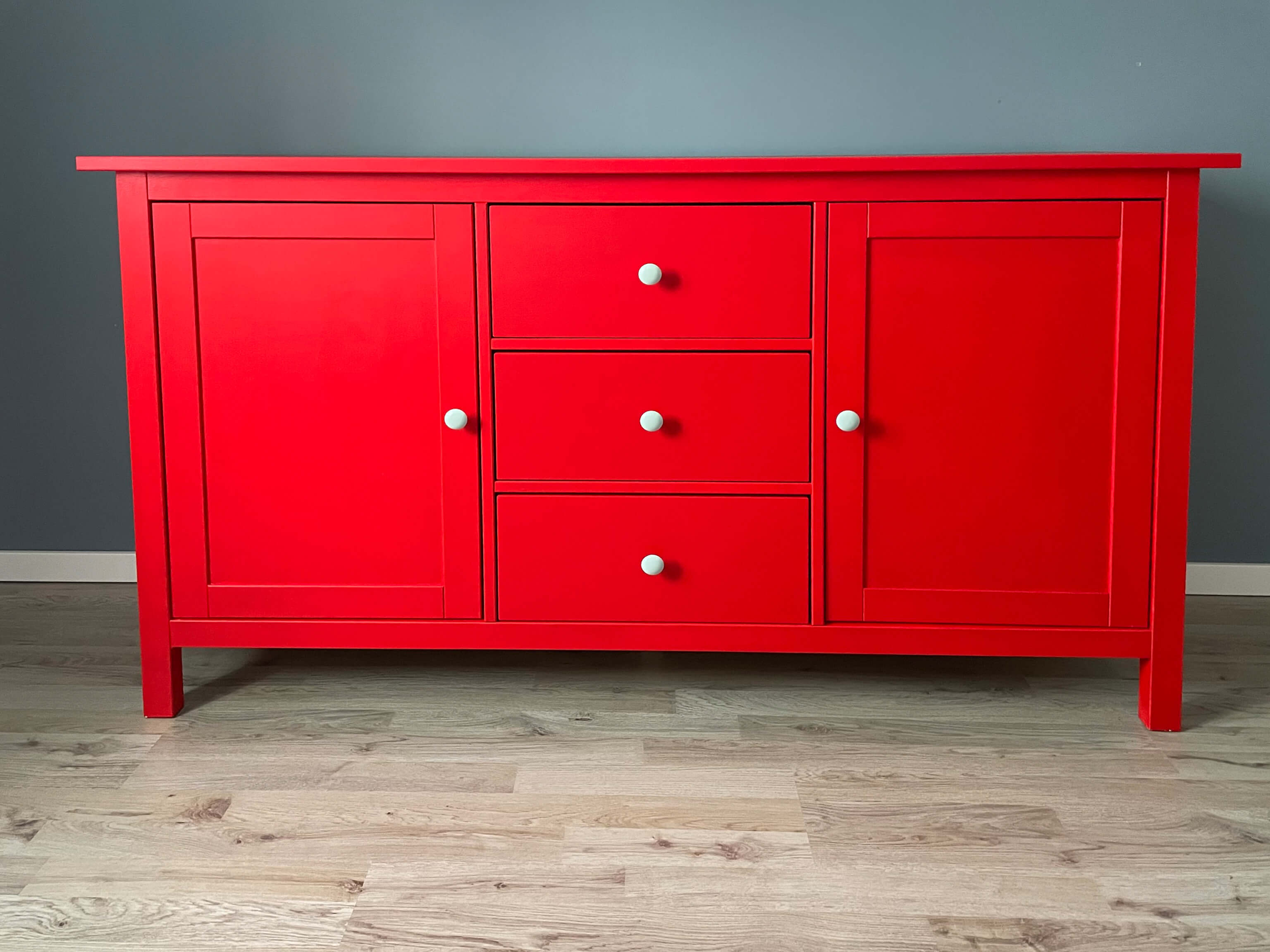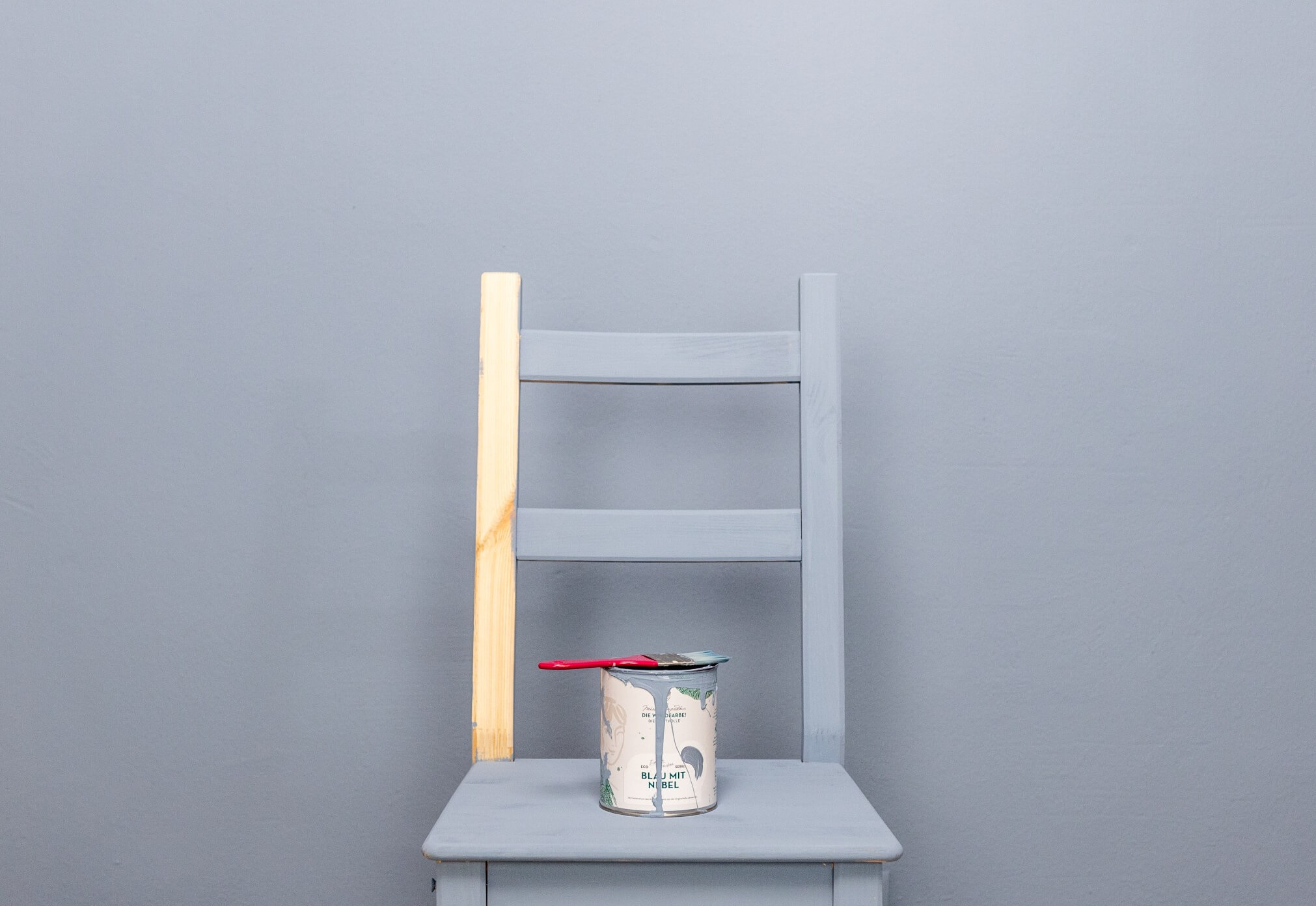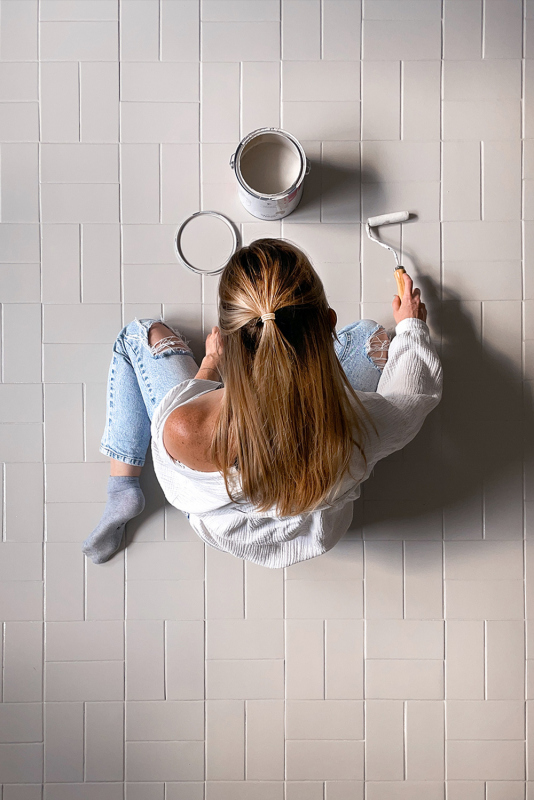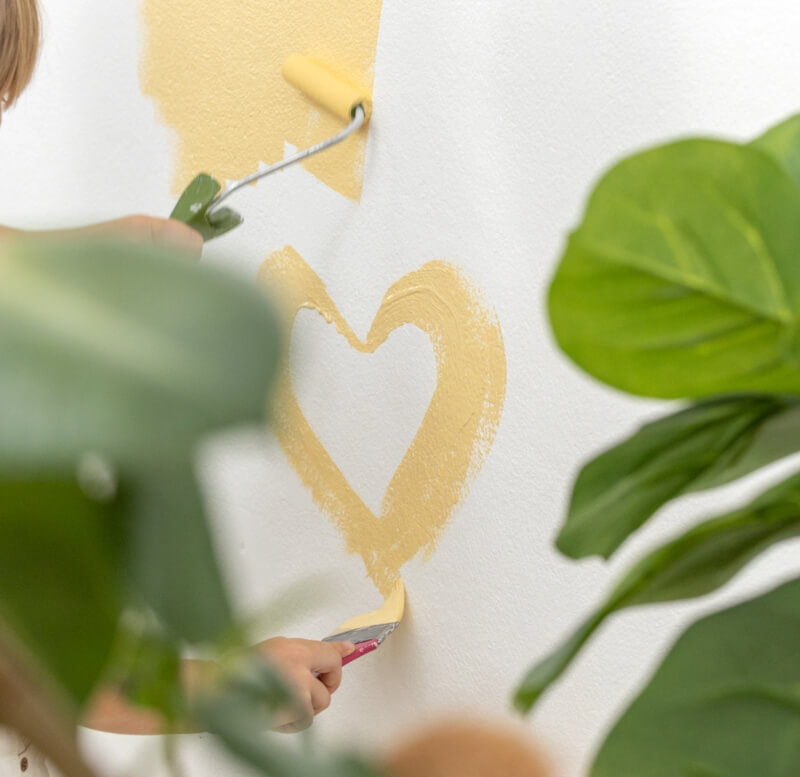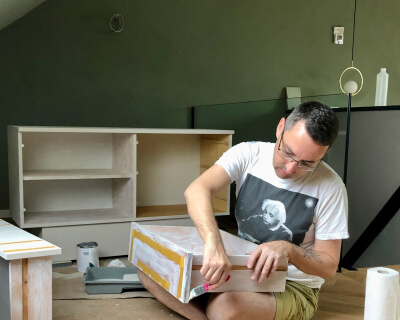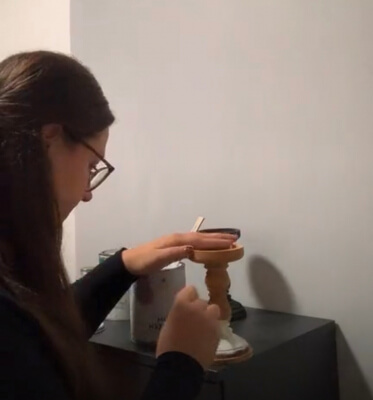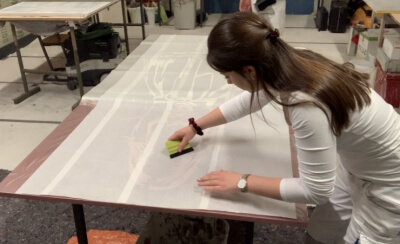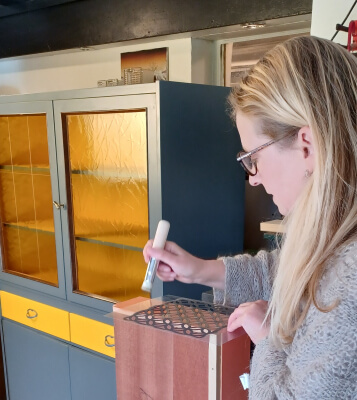Painting Stairs: Simple Step-by-Step Guide & Tips
11 min reading time
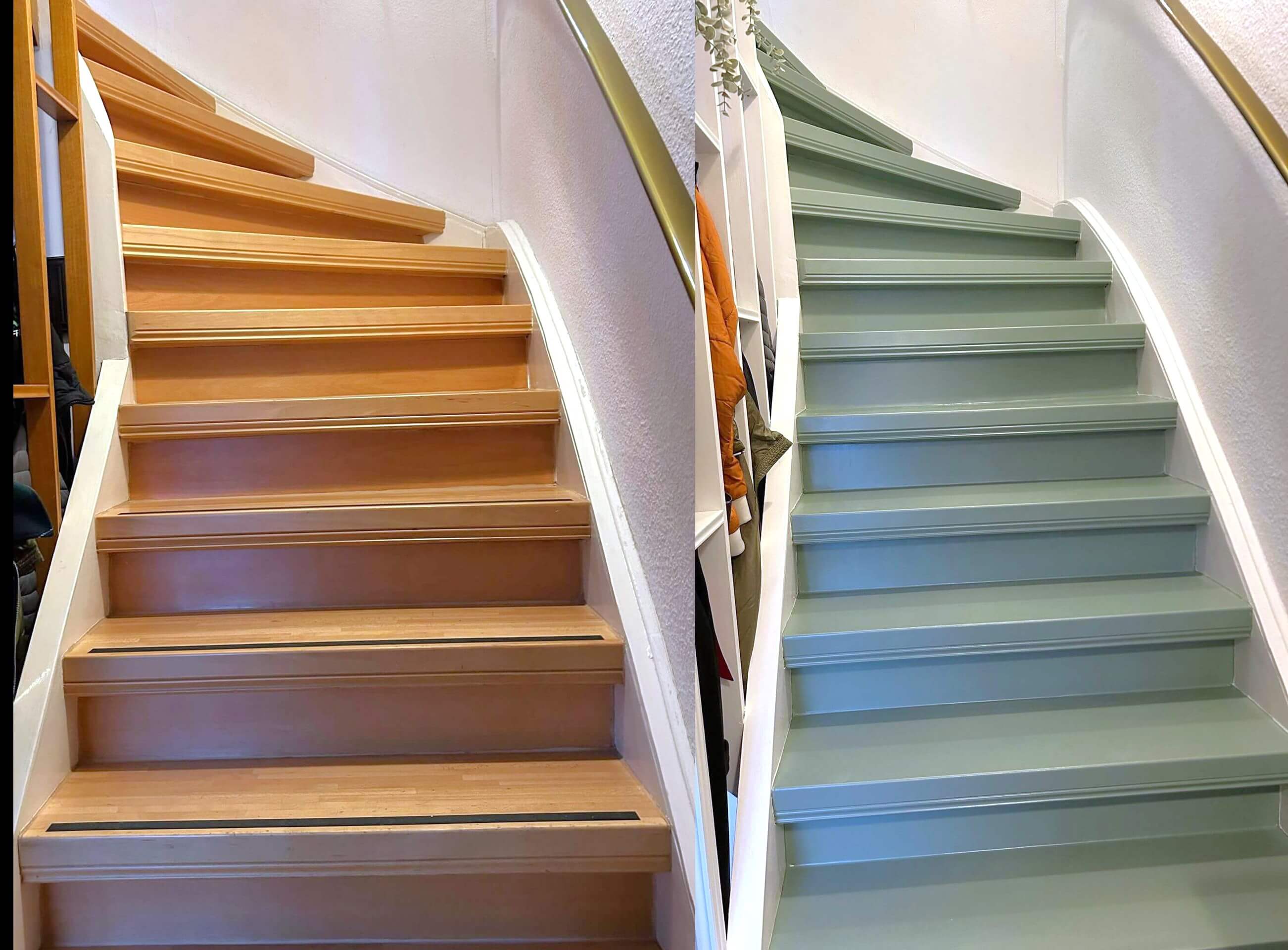
Painting stairs with water-based varnishes works wonderfully! Of course, there are a few things to bear in mind, because stairs are subject to a lot of wear and tear. And it goes without saying that you will achieve a fantastic result with our great colours. But that alone is not enough! After all, this result should not only look fantastic, but also stay beautiful for a long time.
Table of contents
Turning old into new: Before/After photos from our painting community
Step-by-step instructions: Painting the staircase
Step 1: Choose a varnish
Step 2: Prepare the surfaces
Step 3: Clean the stairs
Step 4: Priming surfaces
If you are painting a wooden staircase in a light colour shade, we recommend priming it with our To Bond & Block - MissPompadour primer. This will prevent tannins from escaping from the wood and discolouring your new coat. Allow the primer to dry for 8 hours or overnight when used as a stainblock .You can find more details on priming wooden stairs in the FAQs.
For smooth surfaces such as tiles and concrete, also prime with To Bond & Block. This will create the perfect base and the paint will adhere well to the smooth surface. Leave the primer to dry for at least 3 hours before you start painting.
Step 5: Paint the stairs
Step 6: Sealing
Which paint is suitable for painting stairs?
Which varnish is suitable for wooden stairs and what else do I need?
- To Clean - MissPompadour Cleaner
- To Bond & Block - MissPompadour Primer to prepare substrates for painting and prevent wood bleeding
- To Seal - MissPompadour Topcoat, gives surfaces extra scratch and impact protection
Which colours are suitable for concrete or stone stairs and what else do I need?
- To Clean - MissPompadour Cleaner
- To Bond & Block - MissPompadour primer to ideally prepare smooth surfaces for painting
- To Seal - MissPompadour Topcoat, gives the surfaces extra scratch and impact protection
What can I paint the banister with?
Video: Painting Stairs Project: Suitcase Camera with Kathleen (MakeOver)
Frequently asked questions about painting stairs
1. General questions about painting stairs
Can you simply paint over stairs?
In principle, you can paint almost all stairs. What is important here is the correct preparation and follow-up. Only with PVC is it impossible to make a statement, as it may contain plasticisers that impair durability.
Should you paint stairs without sanding?
If the old varnish on the stairs is still intact and undamaged, sanding is not necessary. Concrete and stone stairs also do not need to be sanded before painting, provided they are even. If the varnish is very smooth and shiny, you can lightly matt the heavily used surfaces with fine sandpaper in preparation.
How long must the painted stairs dry?
After the last coat, the staircase needs about 24 hours to be walked on carefully, on socks or over a towel. To be normally loadable, the staircase must dry and harden for approx. 14 days after painting.
How much paint do I need?
There are so many different stair designs. How much paint you need depends, of course, on how much surface area your staircase has. The best thing to do is to roughly estimate the square metre of a step and count the number of steps. Next to each of our colour shades you will find the practical paint quantity calculator, where you can enter the square metres to be painted. The calculated consumption is valid for two coats. Often these are enough. However, you may always need more coats.
How can I to mask to-paint the stairs on freshly painted surfaces?
If you plan to paint in two colours, you should, if possible, only mask off after 14 days, when the first colour has dried completely, and start with the second colour. You can use our painter's masking tape very well here. First, stick the tape to your jeans or T-shirt so that fine fibres adhere and the tape does not stick so strongly. Then carefully stick it to the desired area. When you peel it off, don't pull it towards you, but carefully to the side so that there is as little tension as possible and your paint is not damaged. It is important to always remove the tape while the paint is still wet so that the paint film does not tear. It's best to reapply the tape for each coat.
2. Questions on: Painting wooden stairs
The old varnish on my stairs is crumbling away, what do I have to do?
If the old varnish is crumbling, you should sand off the loose parts of the wooden stairs. Sand the edges of the old varnish carefully to have a smooth surface. varnish that does not come off can stay on.
Do I have to prime the wooden stairs?
Once your staircase has been completely sanded and the varnish removed, prime the staircase with our To Bond & Block - MissPompadour primer. A stainblock is also recommended on the already varnished wood if you want to paint the stairs a light colour.
Should I seal the stairs?
Once you have painted your steps, be sure to seal them. This heavily used surface benefits from additional protection. The same applies to the handrail. However, risers and stair stringers are sufficiently stable even without sealing, provided they are painted with the stable varnishesn.
3. Questions about painting tile and stone stairs
Can I paint every stone and tile?
The same restriction applies to stairs as to other tiles. The vast majority of tile and stone stairs can be painted. One of the exceptions is coated terracotta tiles, as well as other water-repellent coated surfaces.
Do I need to prime the tile/stone stairs?
Prime stone, tile and concrete stairs with a thick coat of To Bond & Block before painting. The primer prepares the smooth surfaces particularly well for the varnish coat. If the concrete is porous, you can also dilute the first coat slightly or harden the surface again first with a special concrete sealer.
Should I seal the tile or stone stairs?
You should also seal the stair treads on tiles and stone if you don't put a carpet over them. You can use MissPompadour To Seal for this.
How easy is it to maintain a painted staircase made of tiles, stone or concrete?
A painted staircase can never be as low-maintenance as your old tiled, terrazzo or stone staircase. These materials are almost indestructible surfaces. If you're worried about the turbulence of your household, consider painting only the banisters, stringers and risers, leaving the treads in the unloved terrazzo! In addition to its resilience, a finely patterned stone will forgive many a dirty shoe print, which will be so immediately noticeable with a noble black look.
4. Questions about painting stair railings
My railing is made of wood - how should I pre-treat it?
If you want to paint your banister, first dust and degrease it with a gentle cleaner, e.g. our MissPompadour To Clean. You can then prime exposed wood in advance with To Bond & Block.
My railing is made of metal - how should I pre-treat it?
If your banister is already painted, you can either prime it with MissPompadour To Bond & Block or paint it completely without primer. Simply clean the railing with MissPompadour To Clean or another gentle cleaner and you're ready to go. If your banister rusts or tends to rust, remove the loose rust and prime the rusted areas with a suitable rust protection primer to prevent further rust.
Can I also paint my plastic handrail?
Yes, even a plastic handrail is no problem. You can prime it in advance with MissPompadour To Bond & Block and then paint it with one of the varnishes mentioned above.
Should I seal the railing?
Like the stair treads, the handrail should also be protected by an additional seal. To Seal protects the varnish from the stress of hand perspiration and abrasion.
What you need: Accessories and other products To Paint in the MissPompadour Shop
- Sandpaper or sanding pad: For all areas where old varnish has flaked off. These should be sanded smooth first.
- Cleaningcloth and bucket to thoroughly clean the stairs first: The surface must be free of dust and grease so that your coat of paint will hold well.
- Masking tape: Always remove the masking tape when the paint is not yet dry, so you get a clean edge.
- plastic drop cloth or newspaper: To protect the parts that are not to be painted
- Brush, varnish roller and paint tray: It is best to pour the varnish into the paint tray. Paint corners and edges with the brush and the surfaces with the paint roller.
Have you finished reading yet?
You can find more exciting topics here


